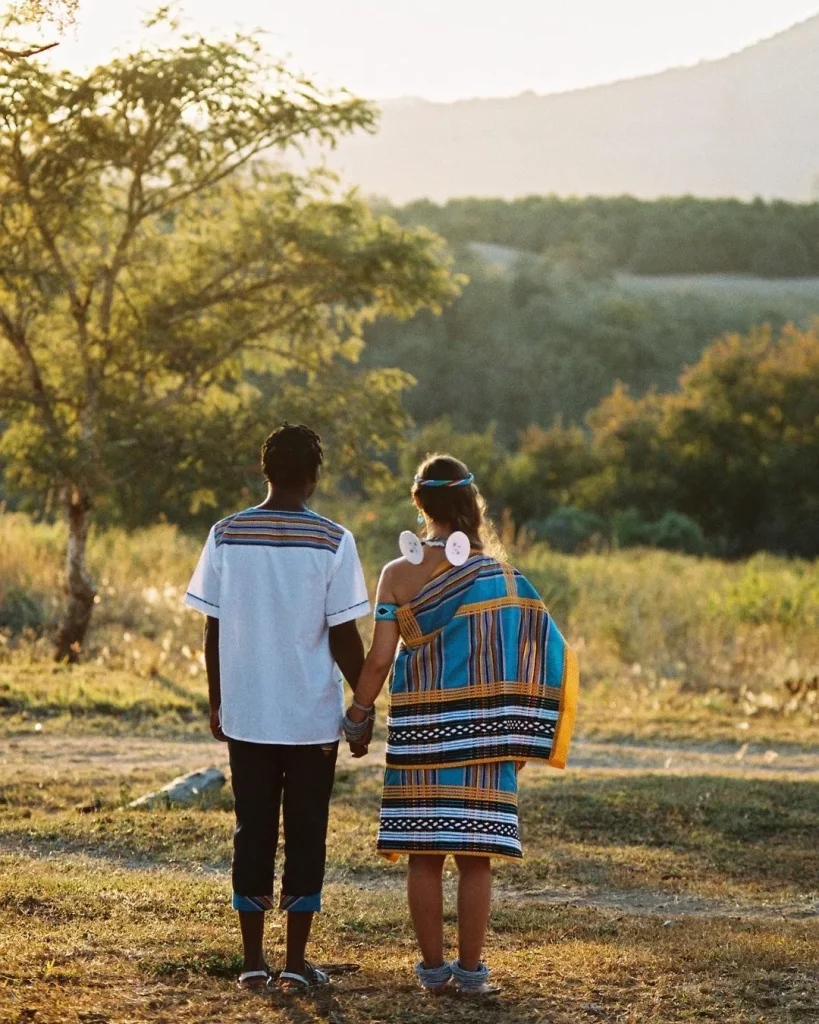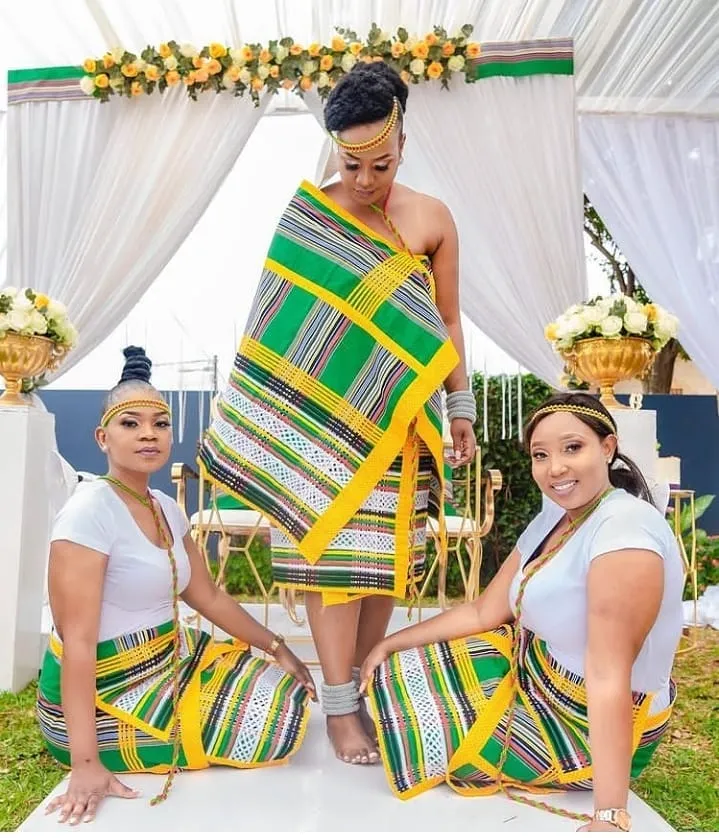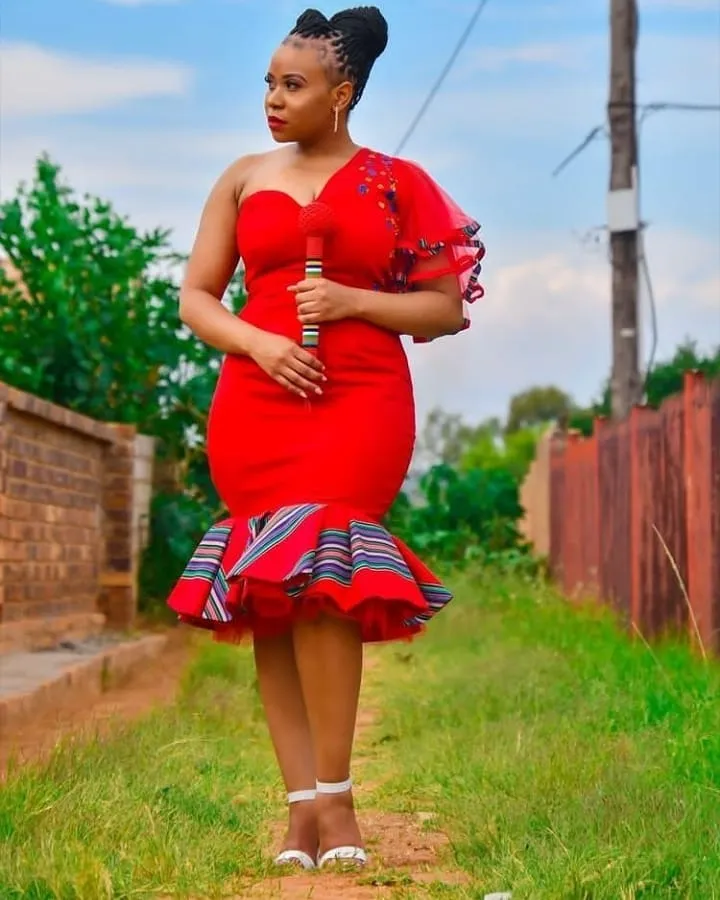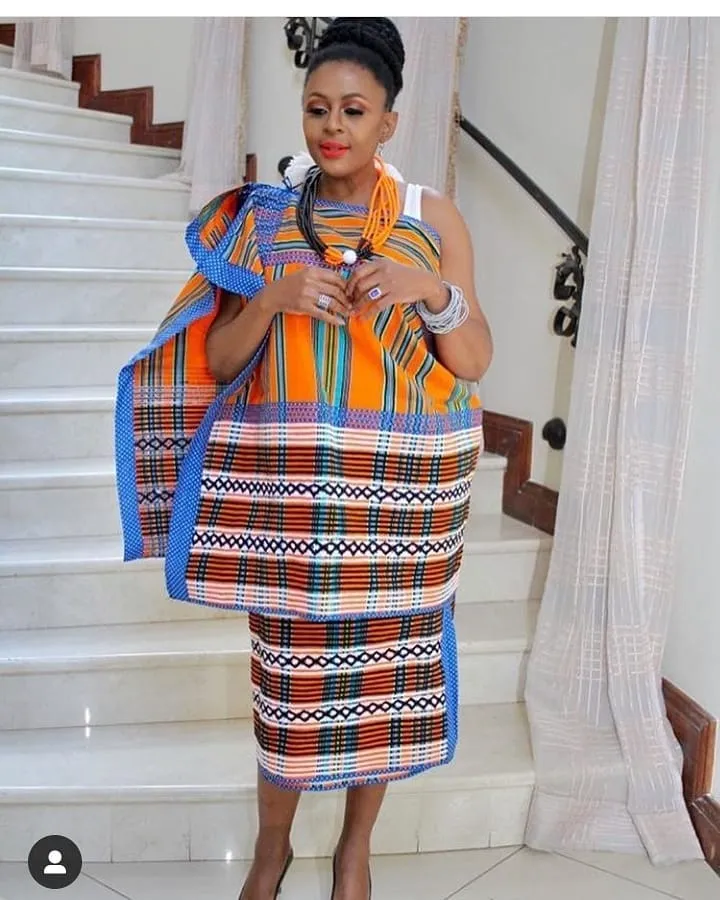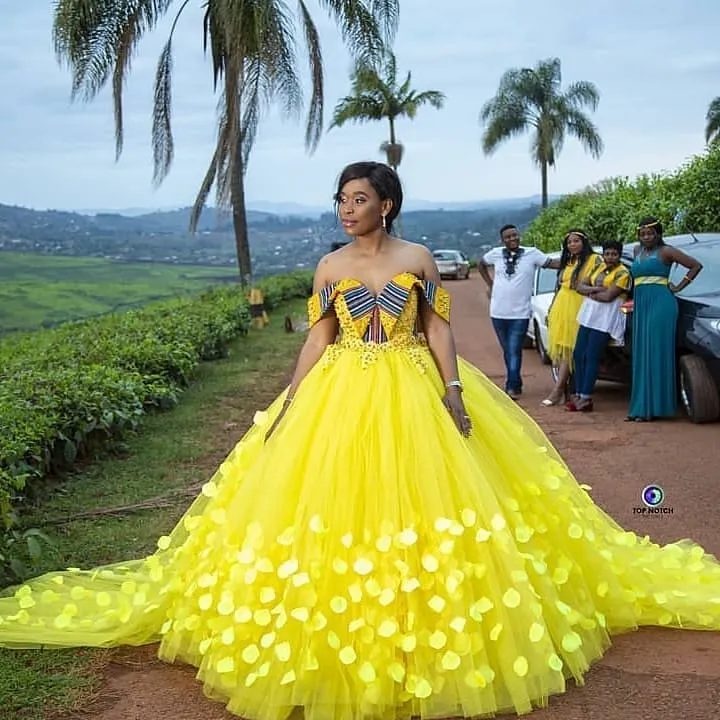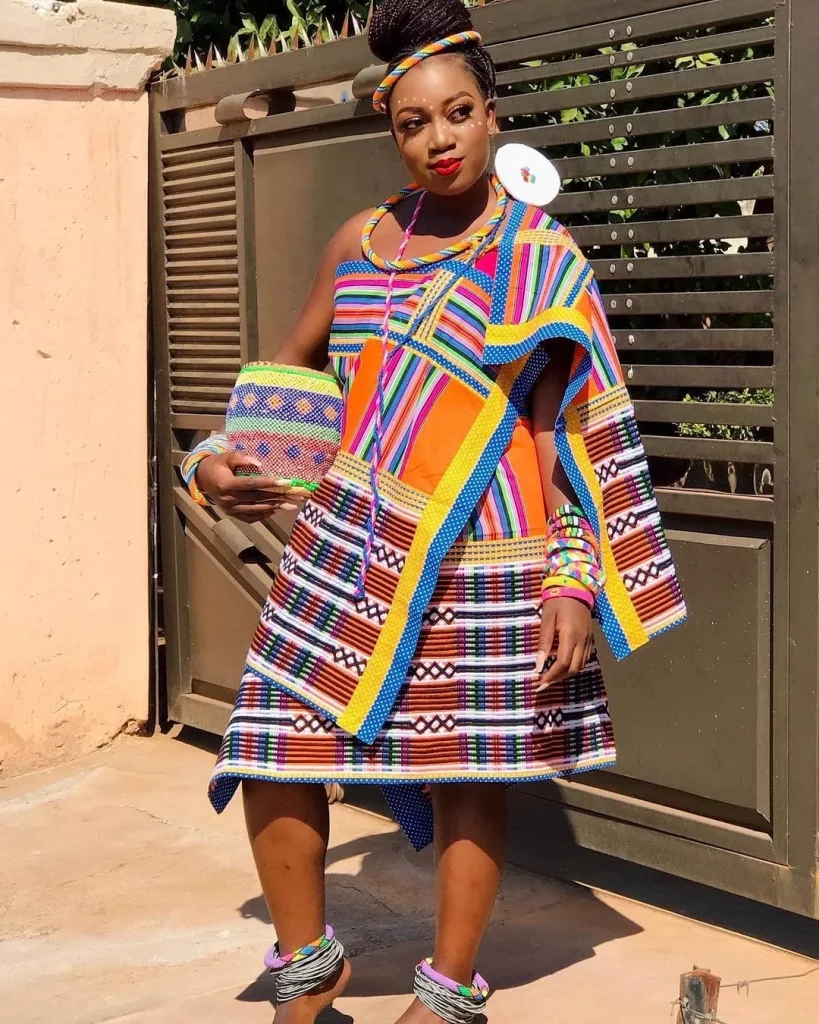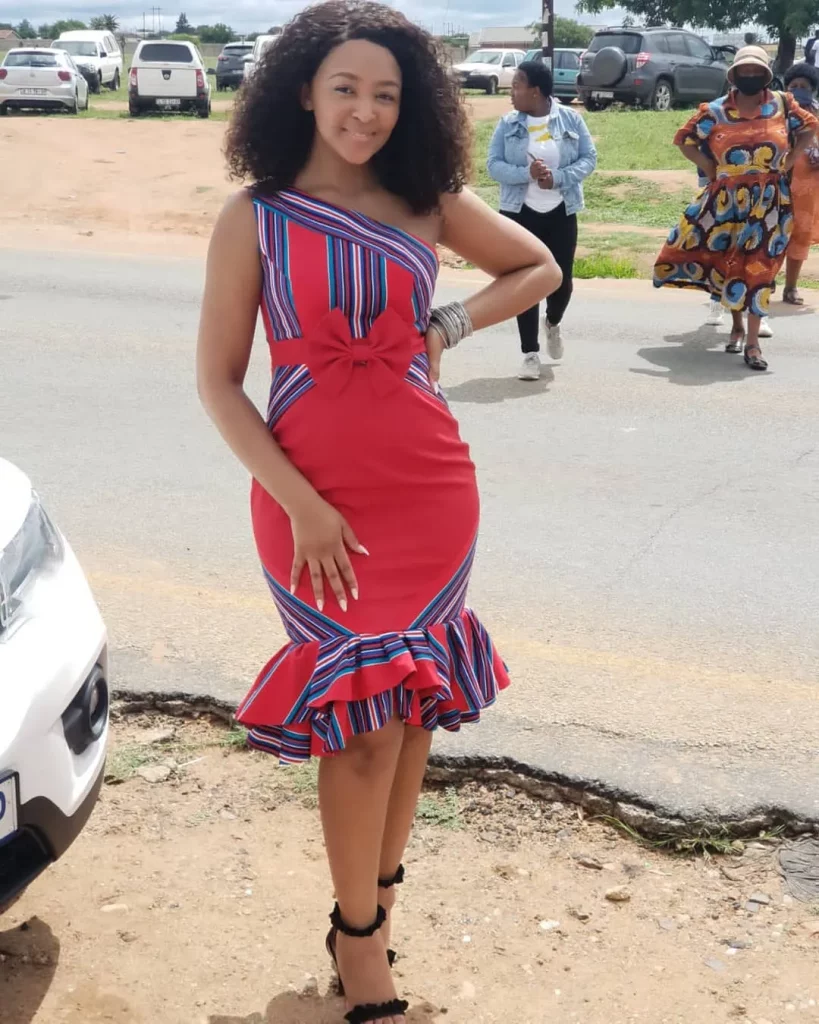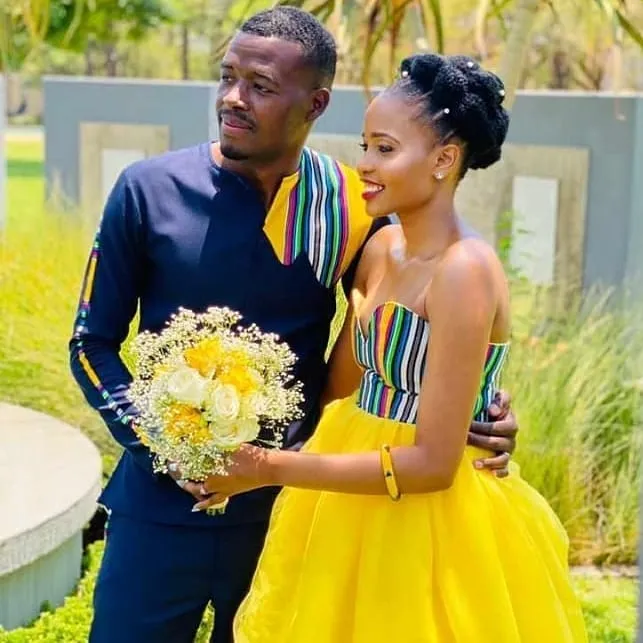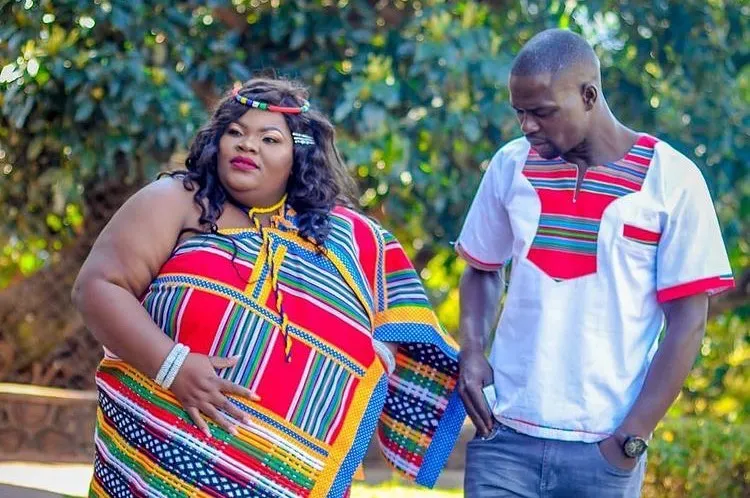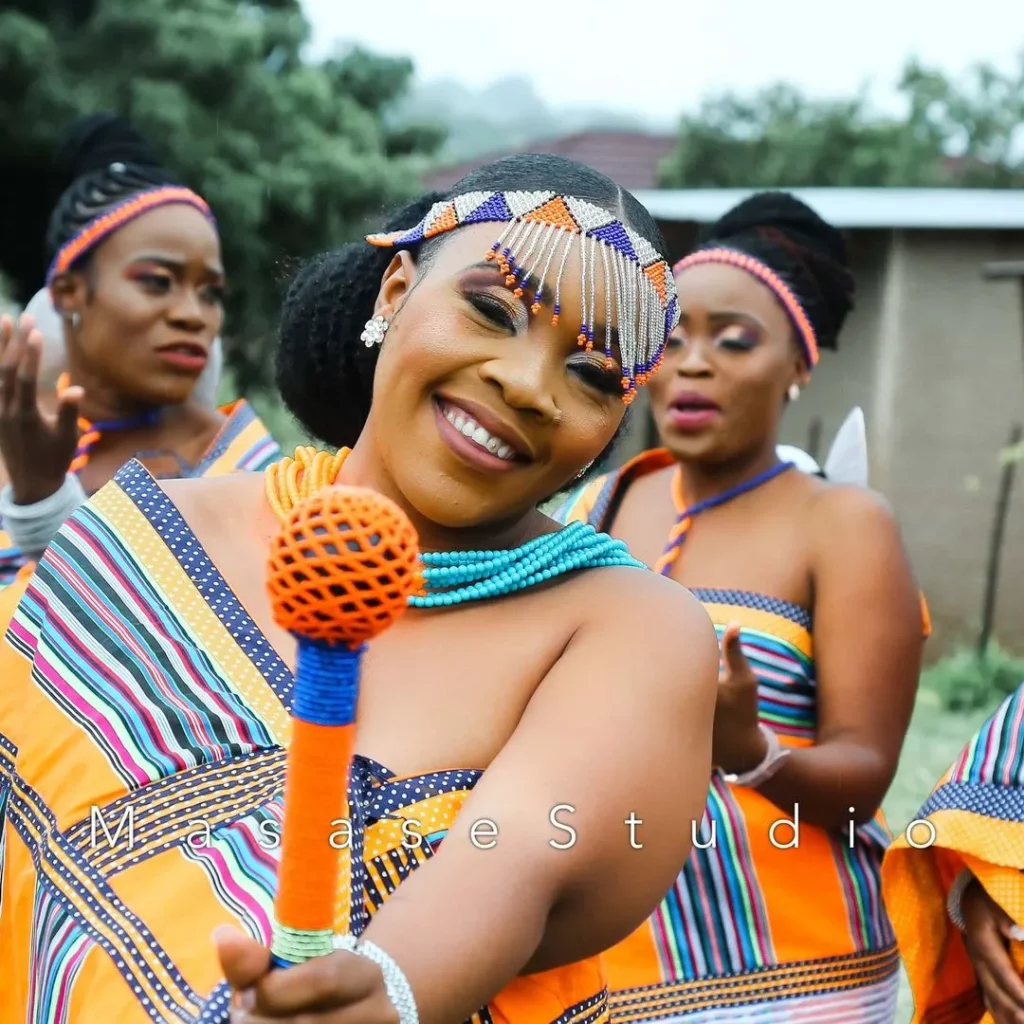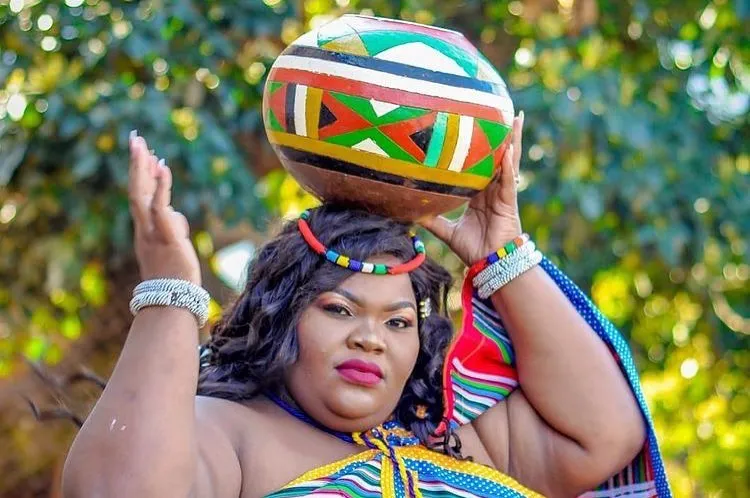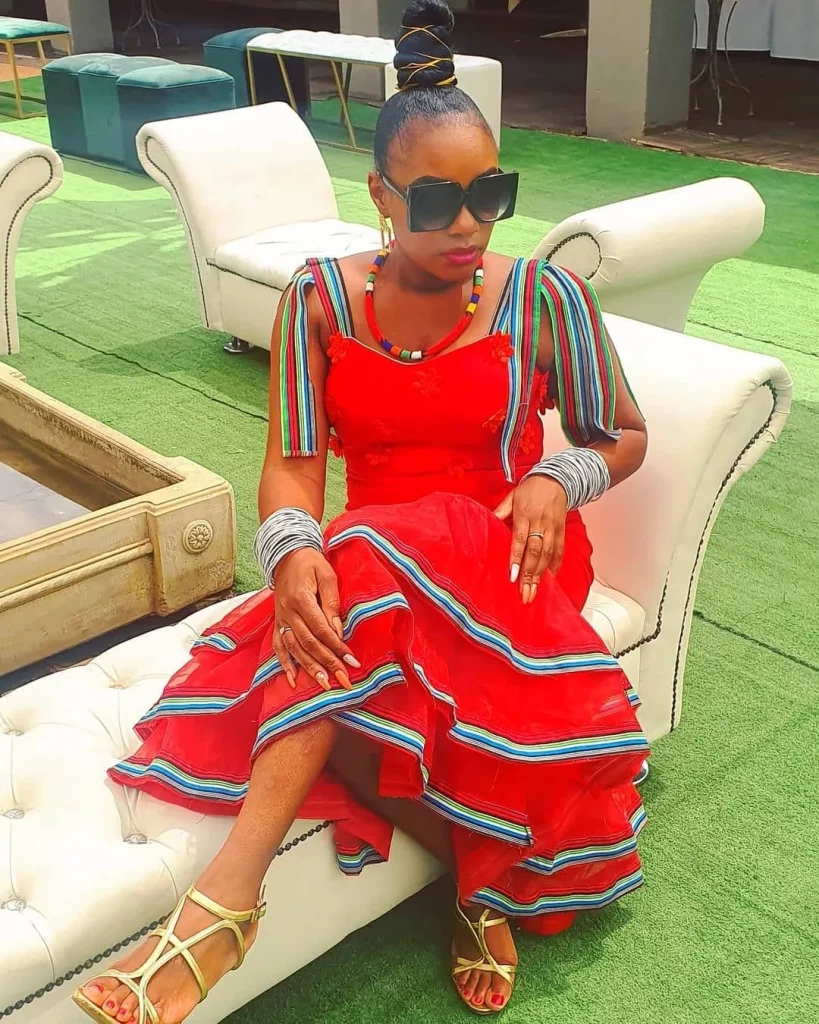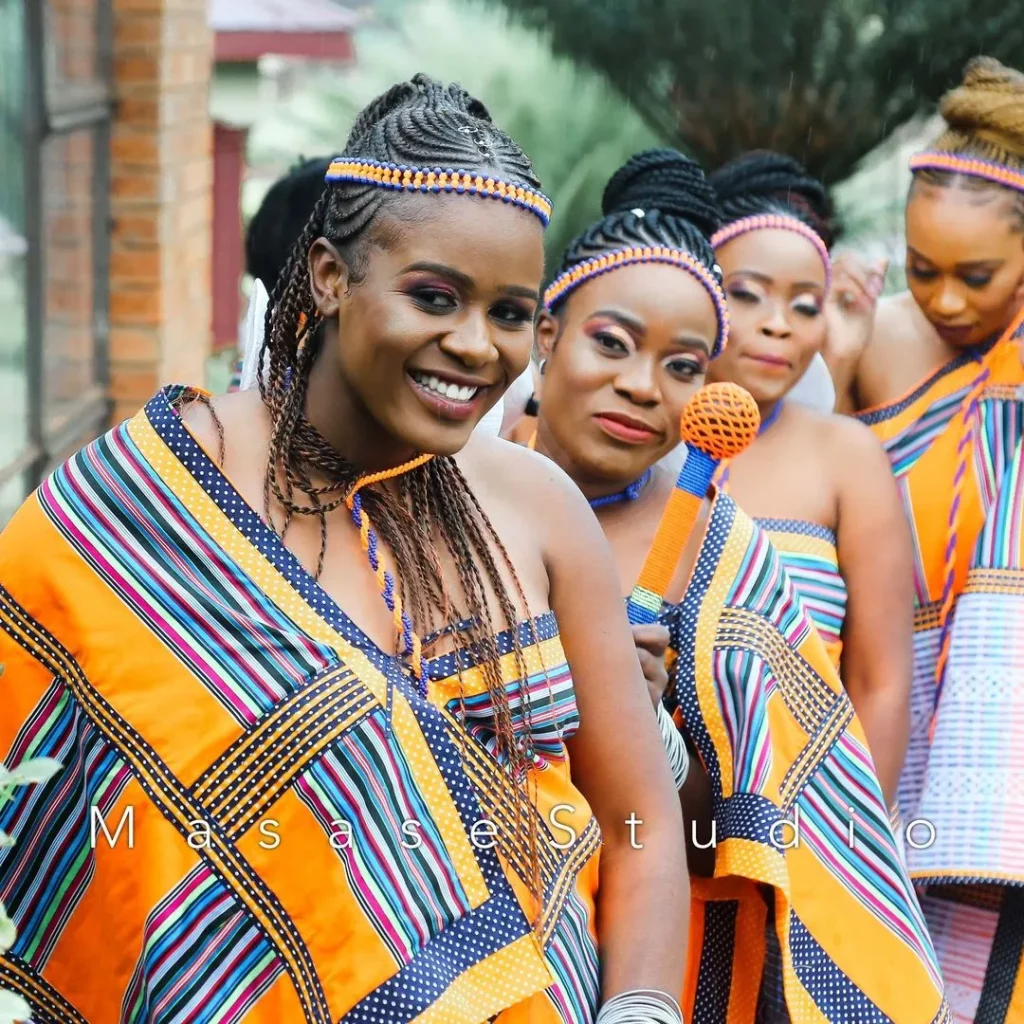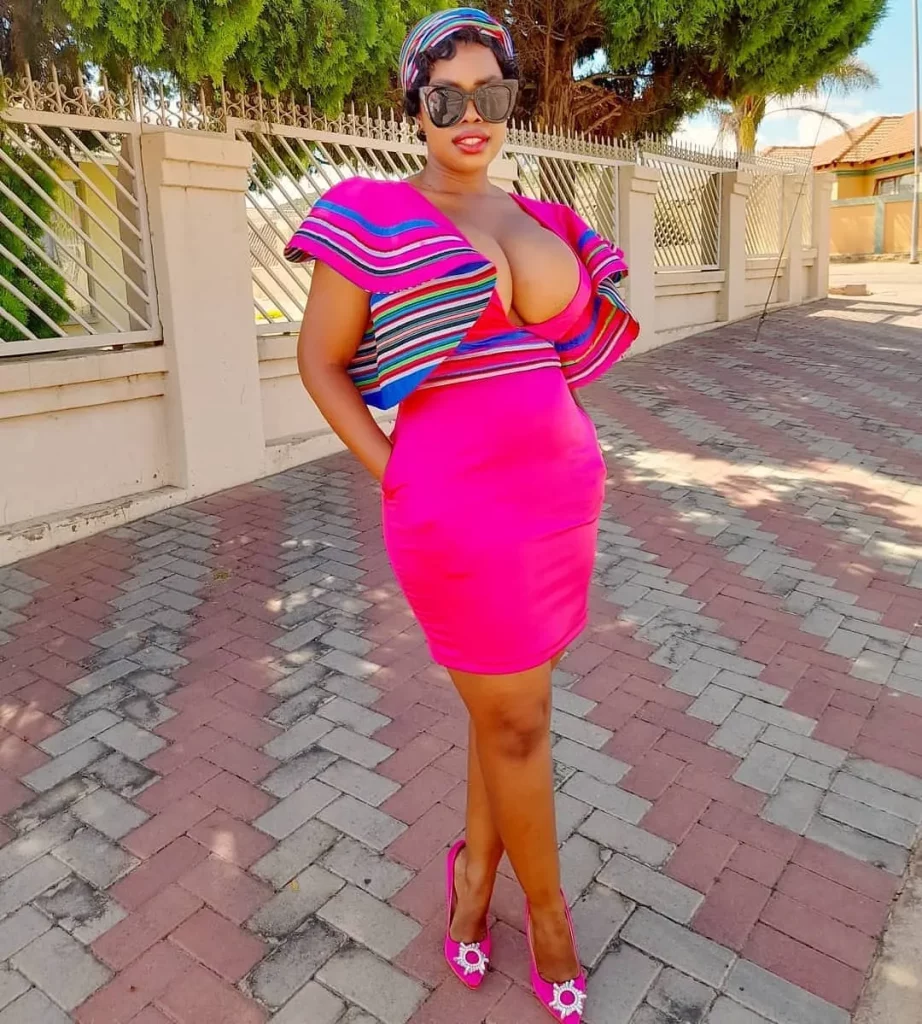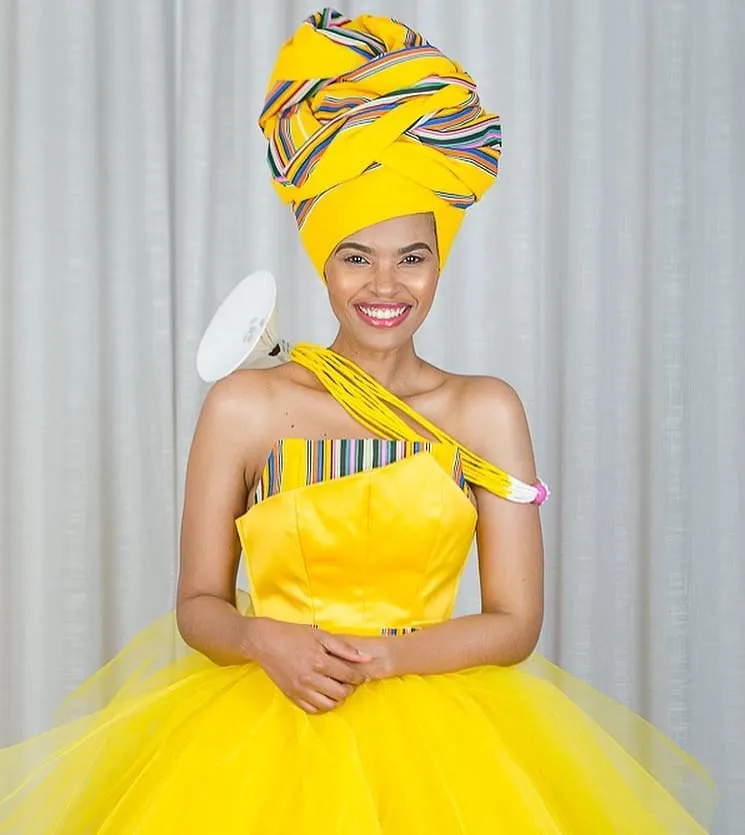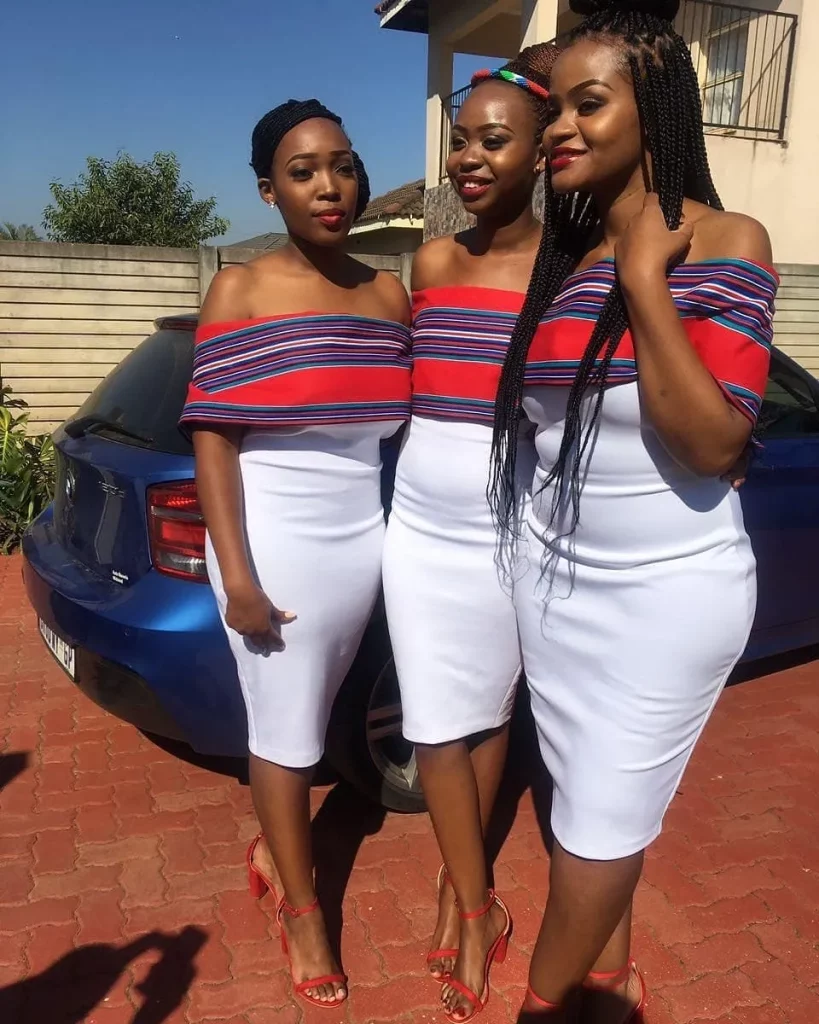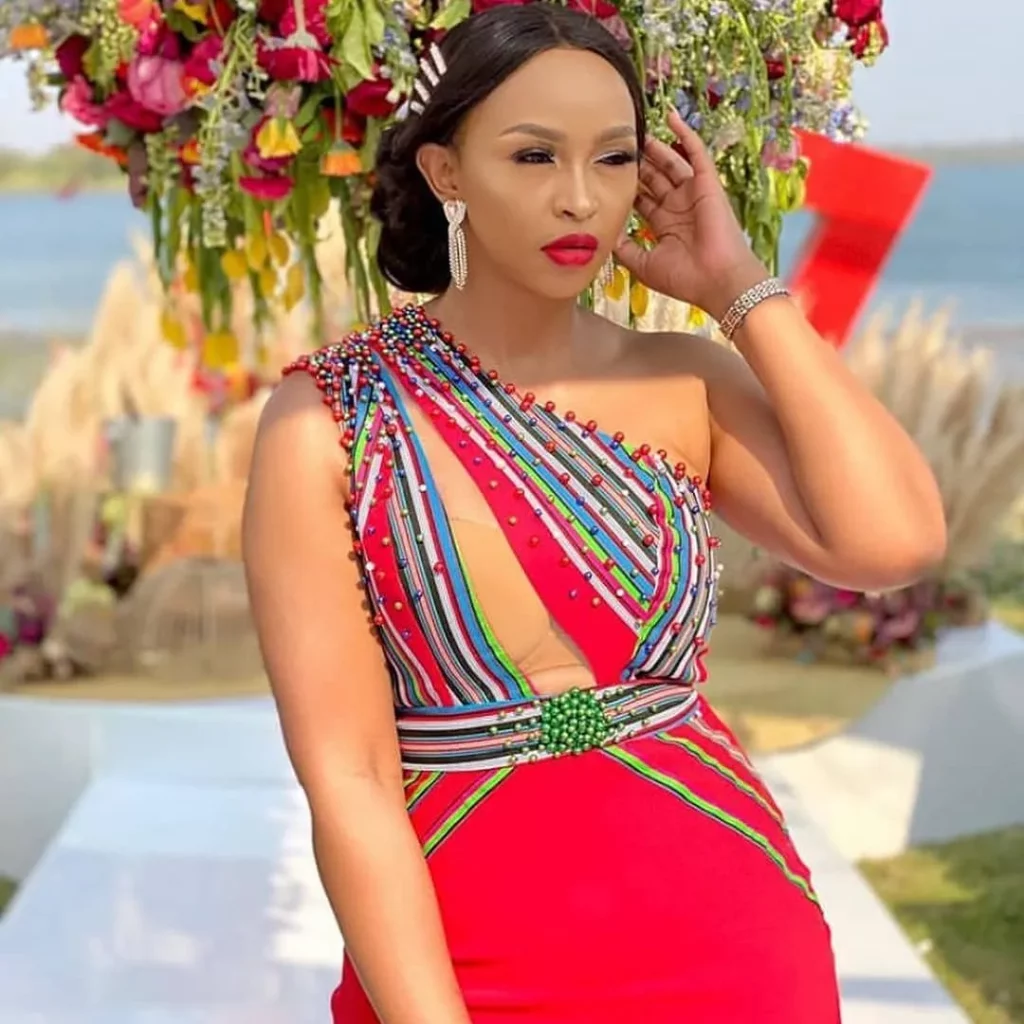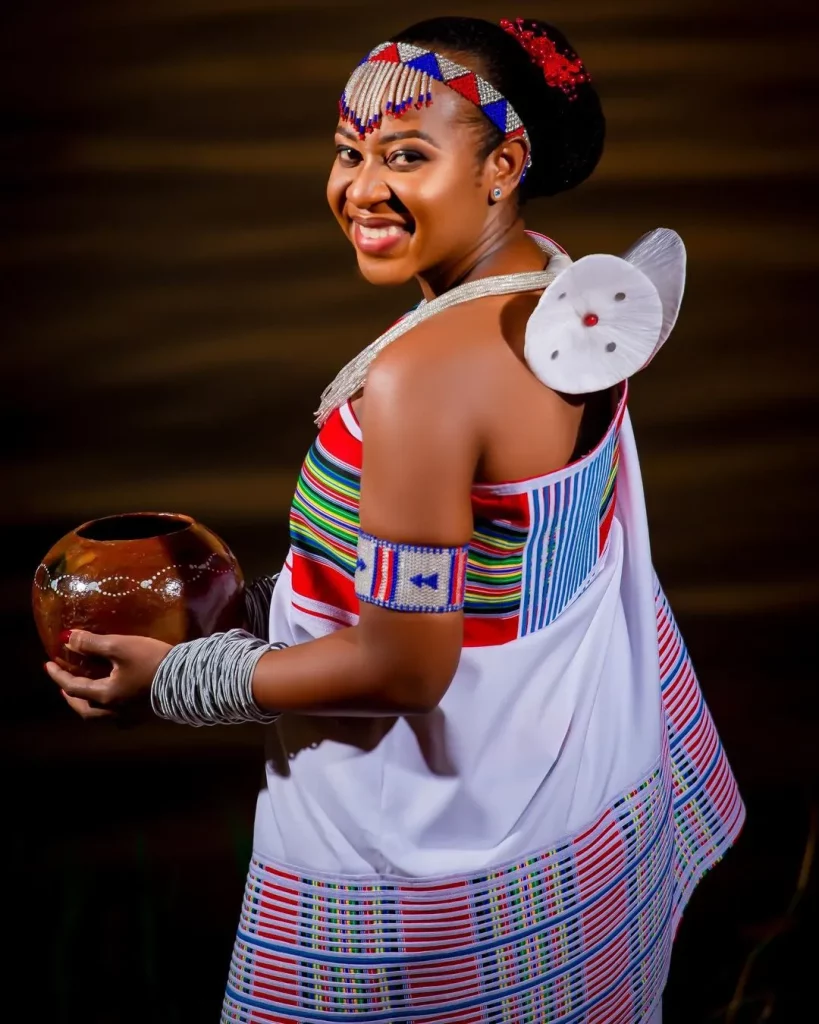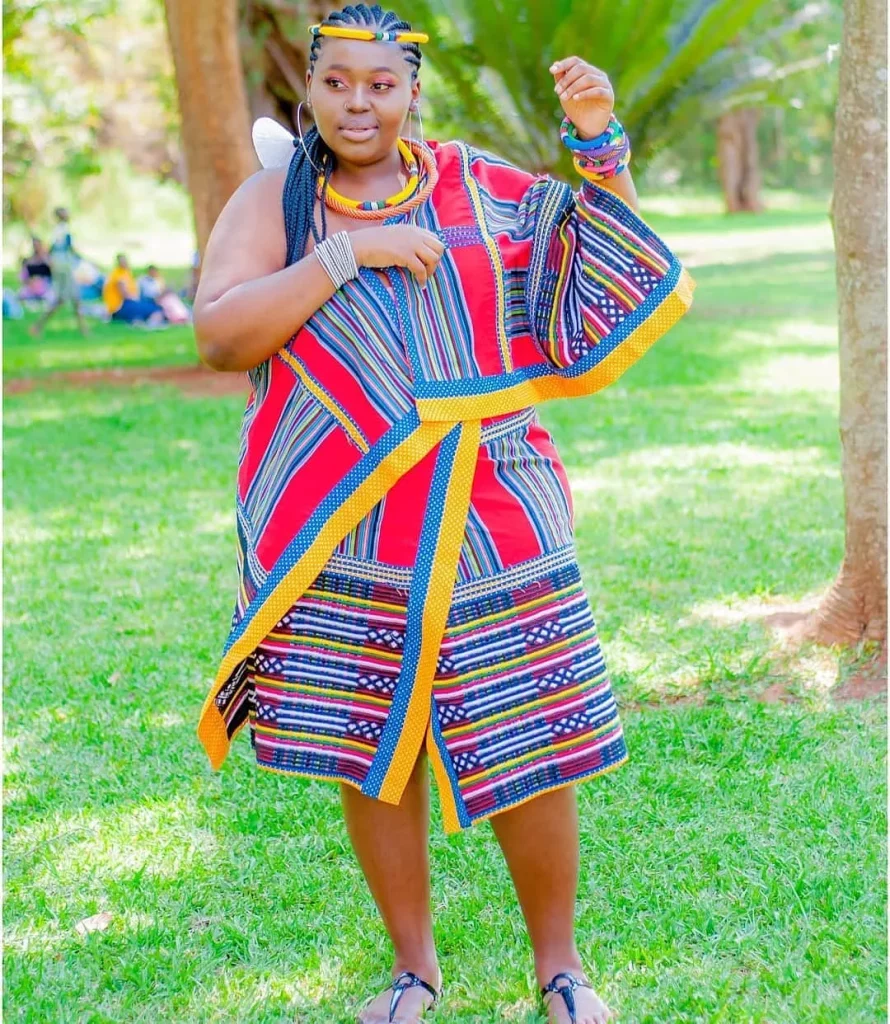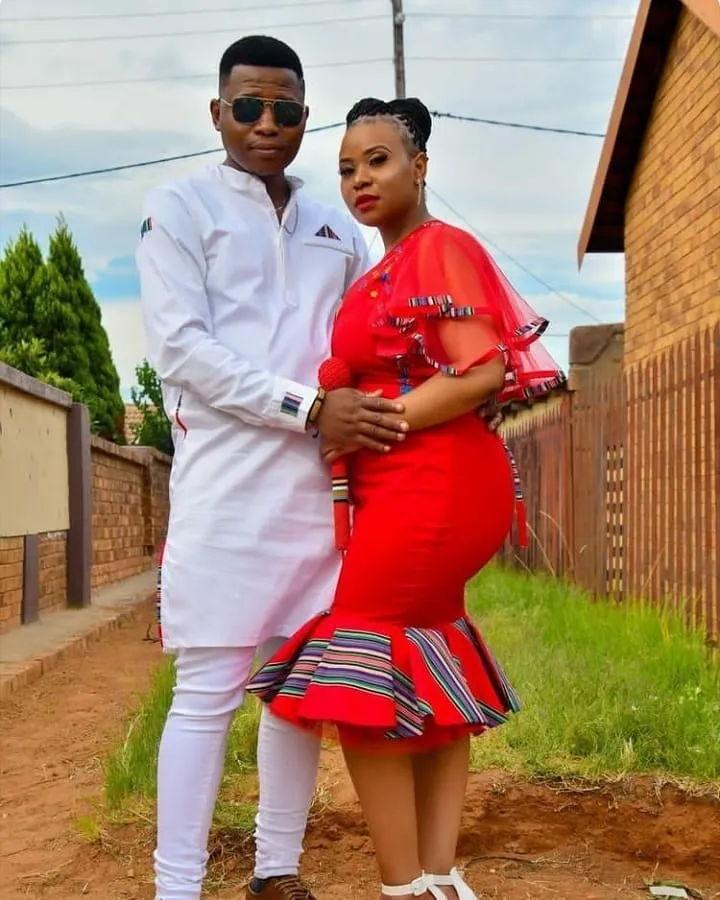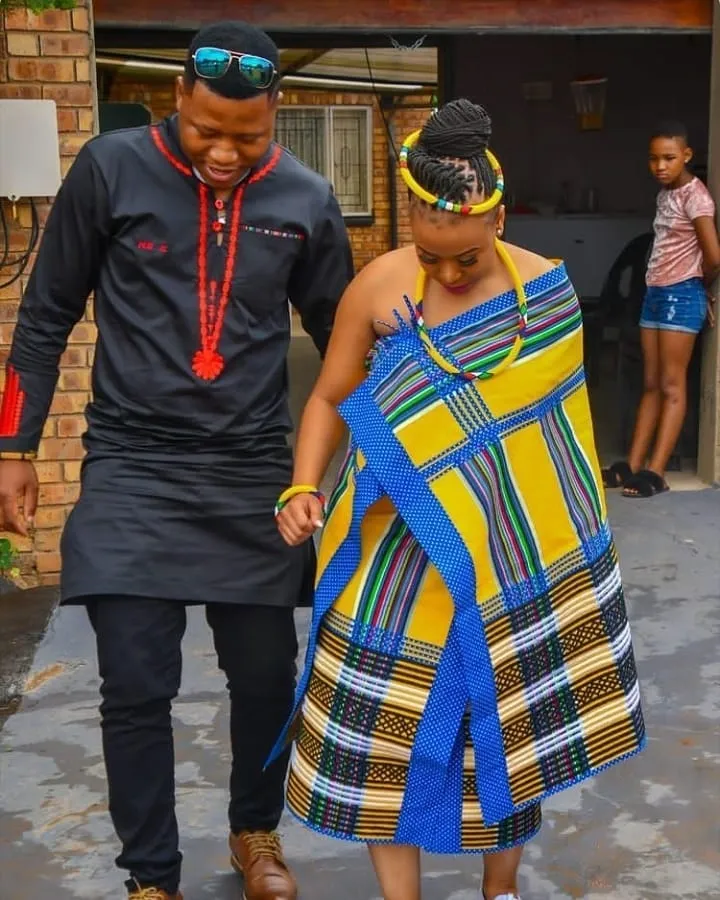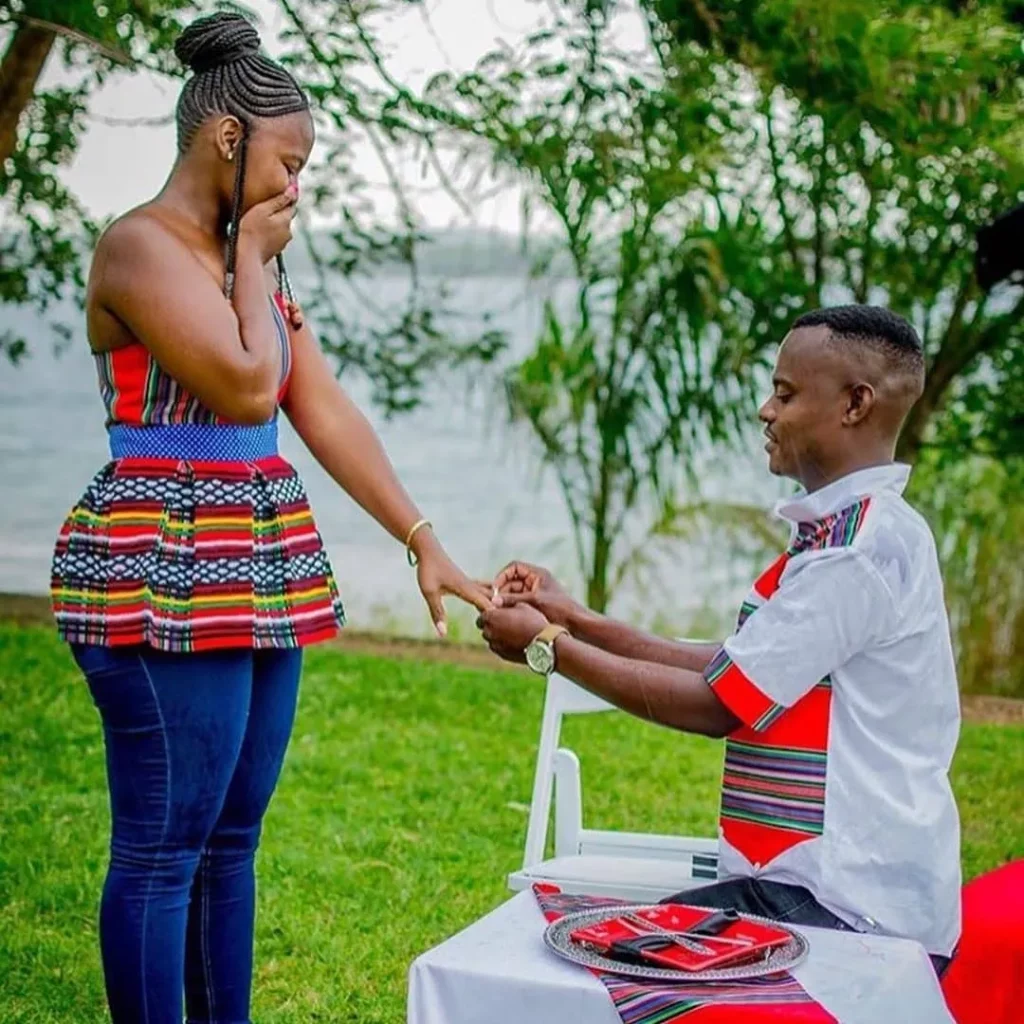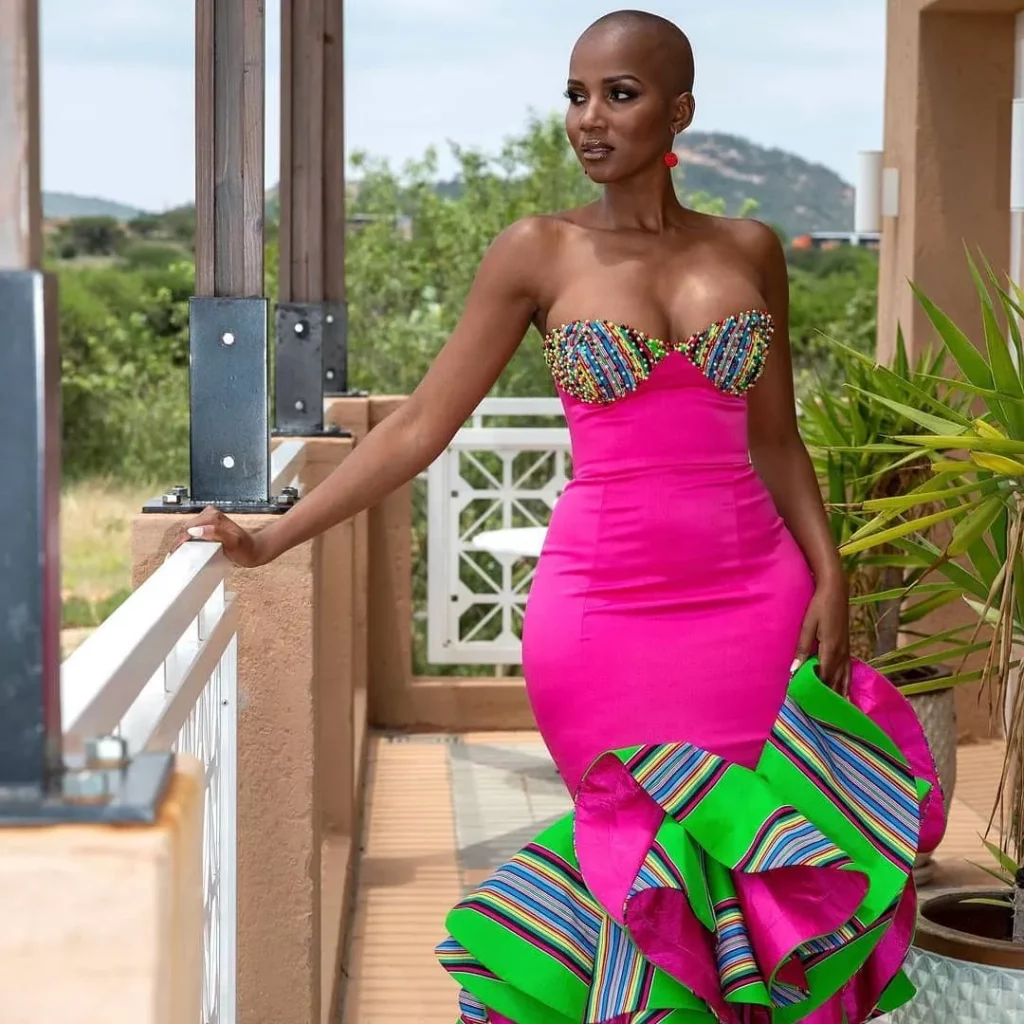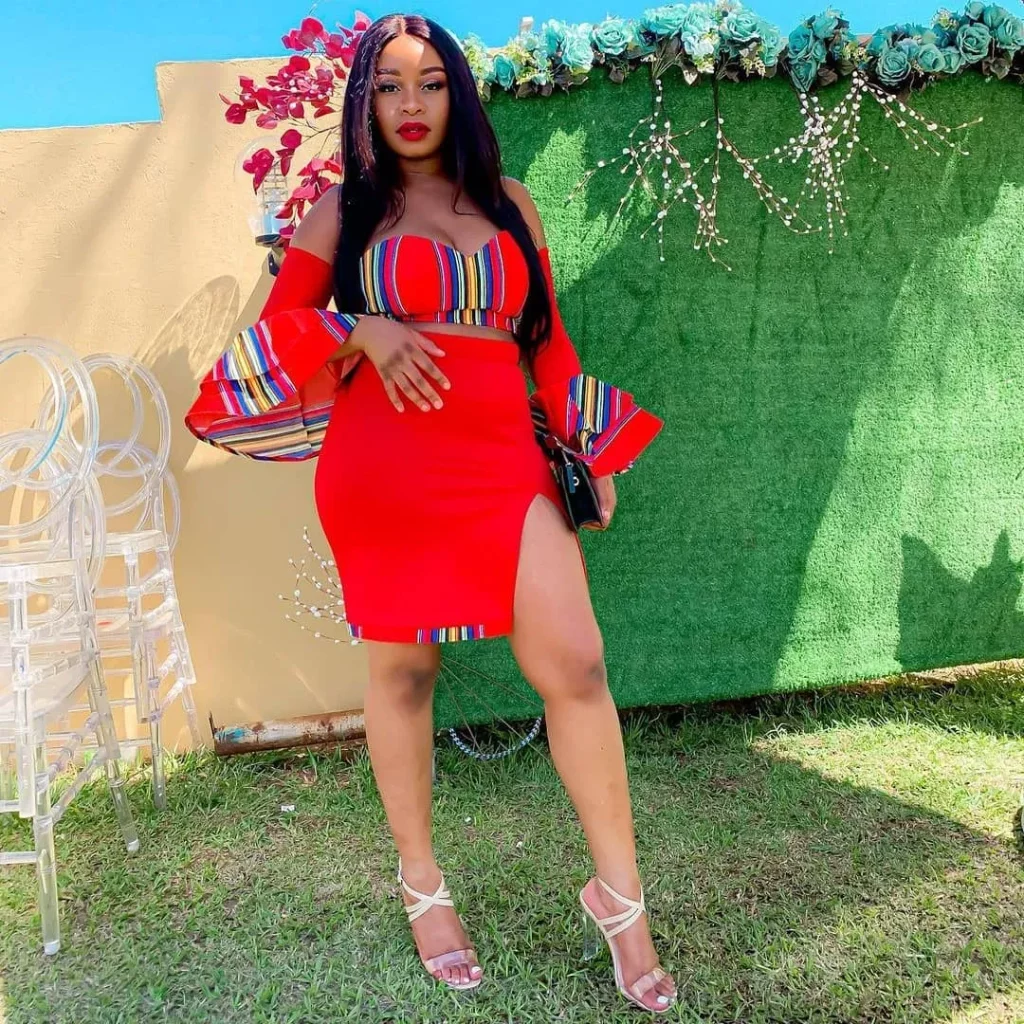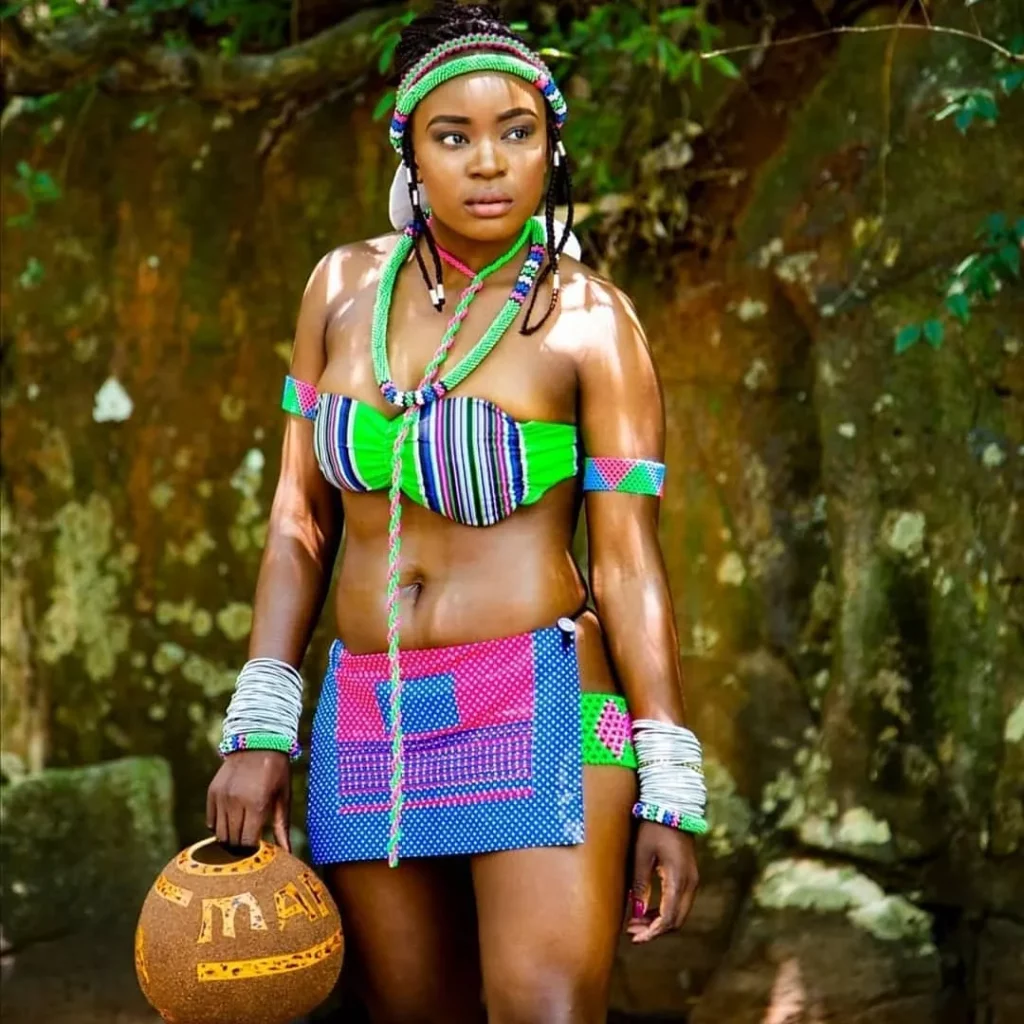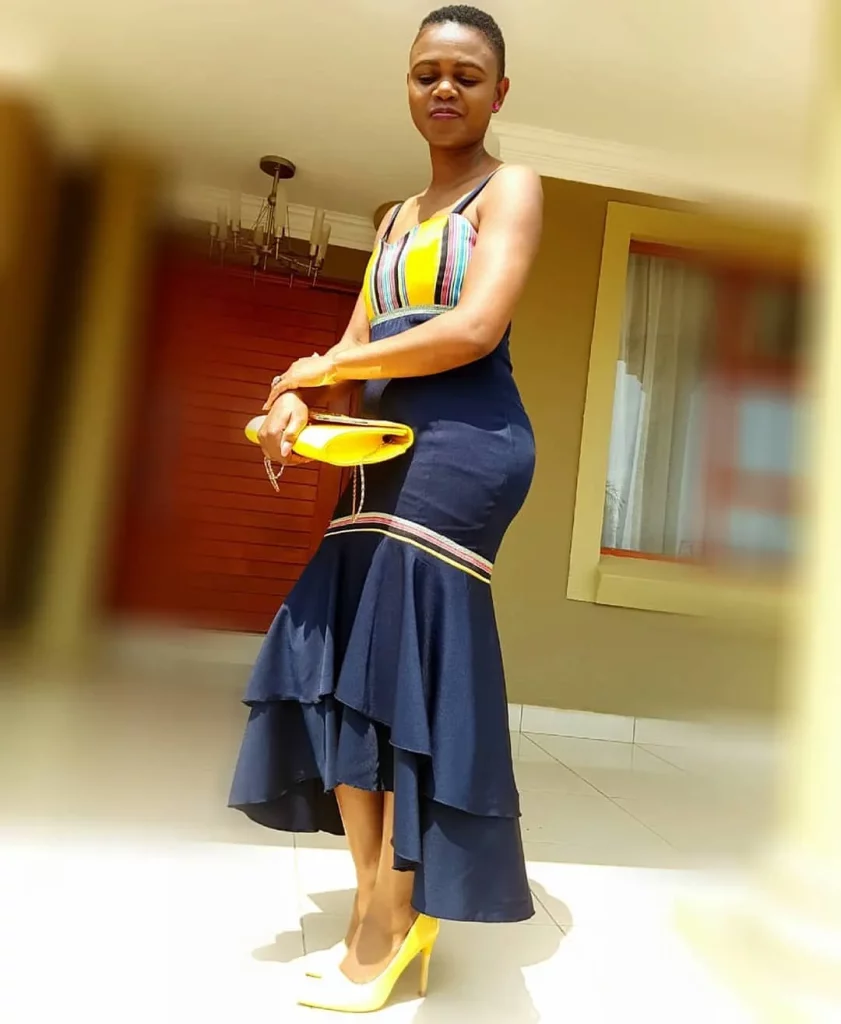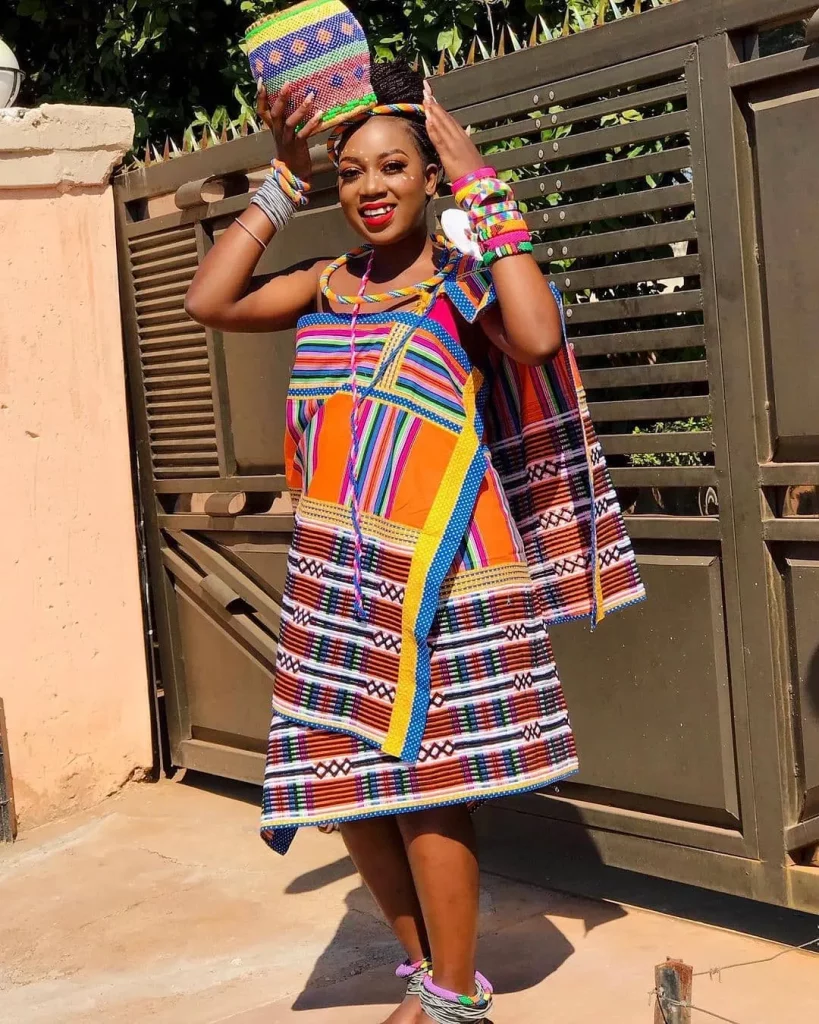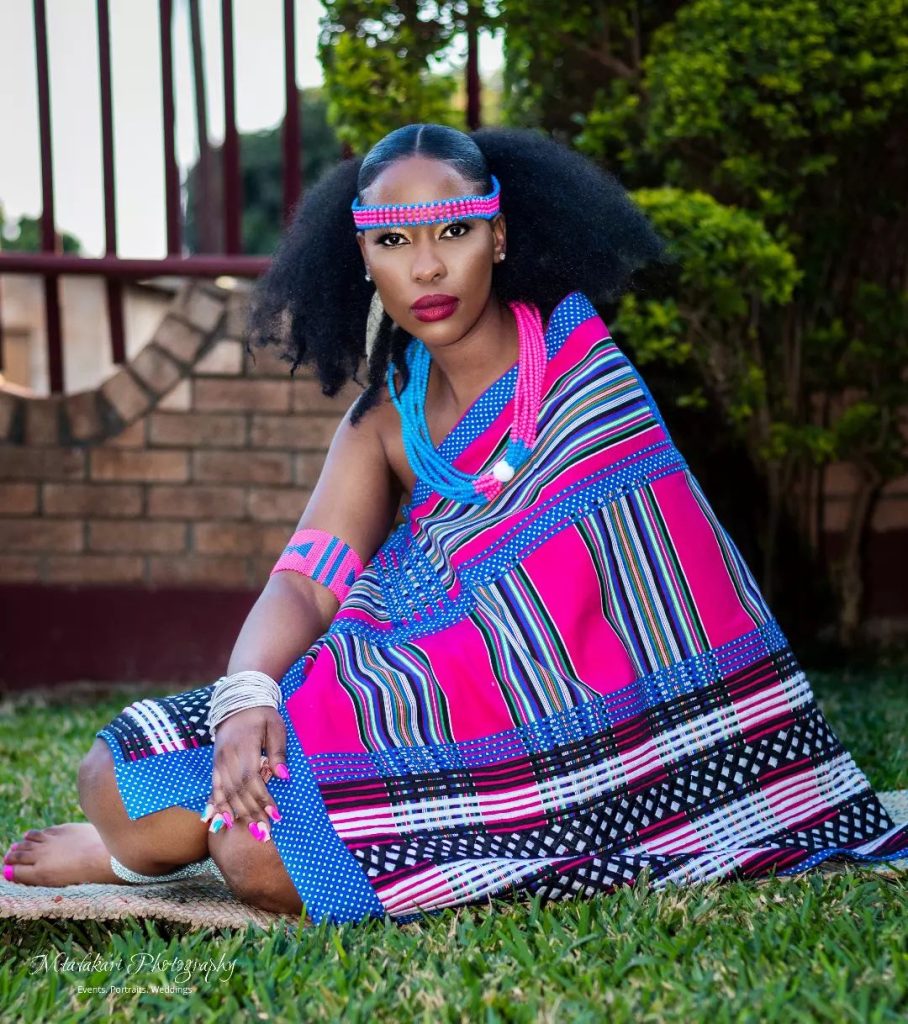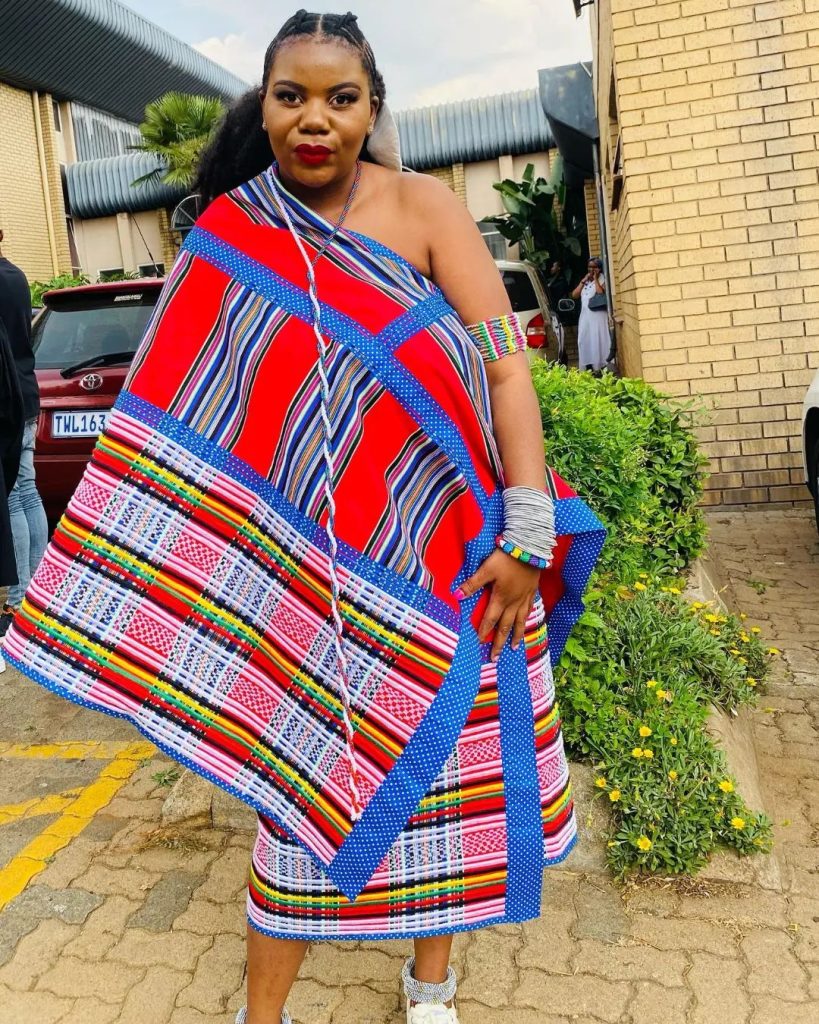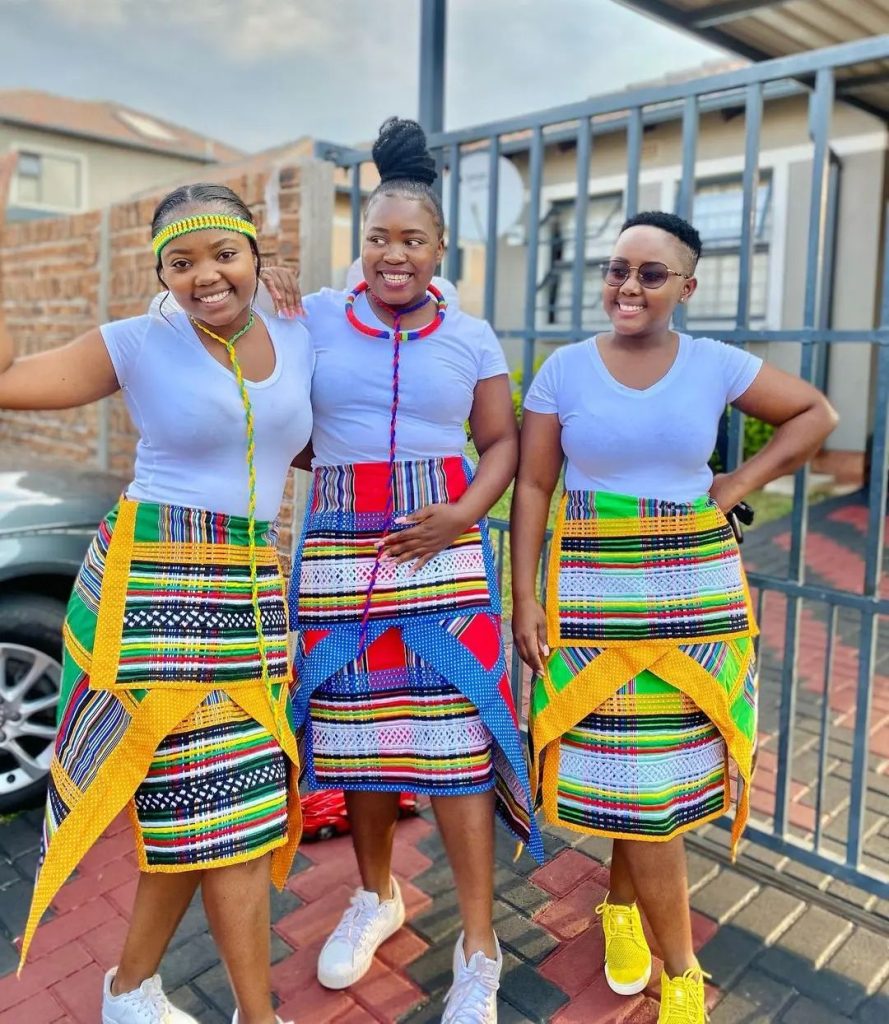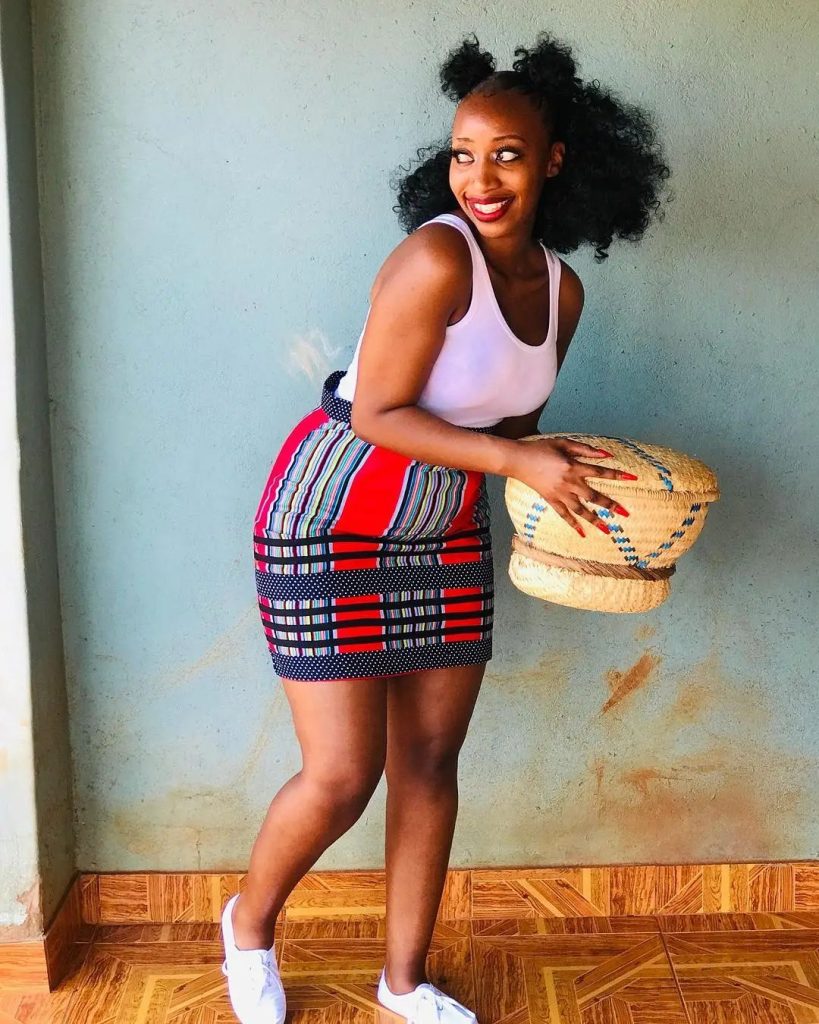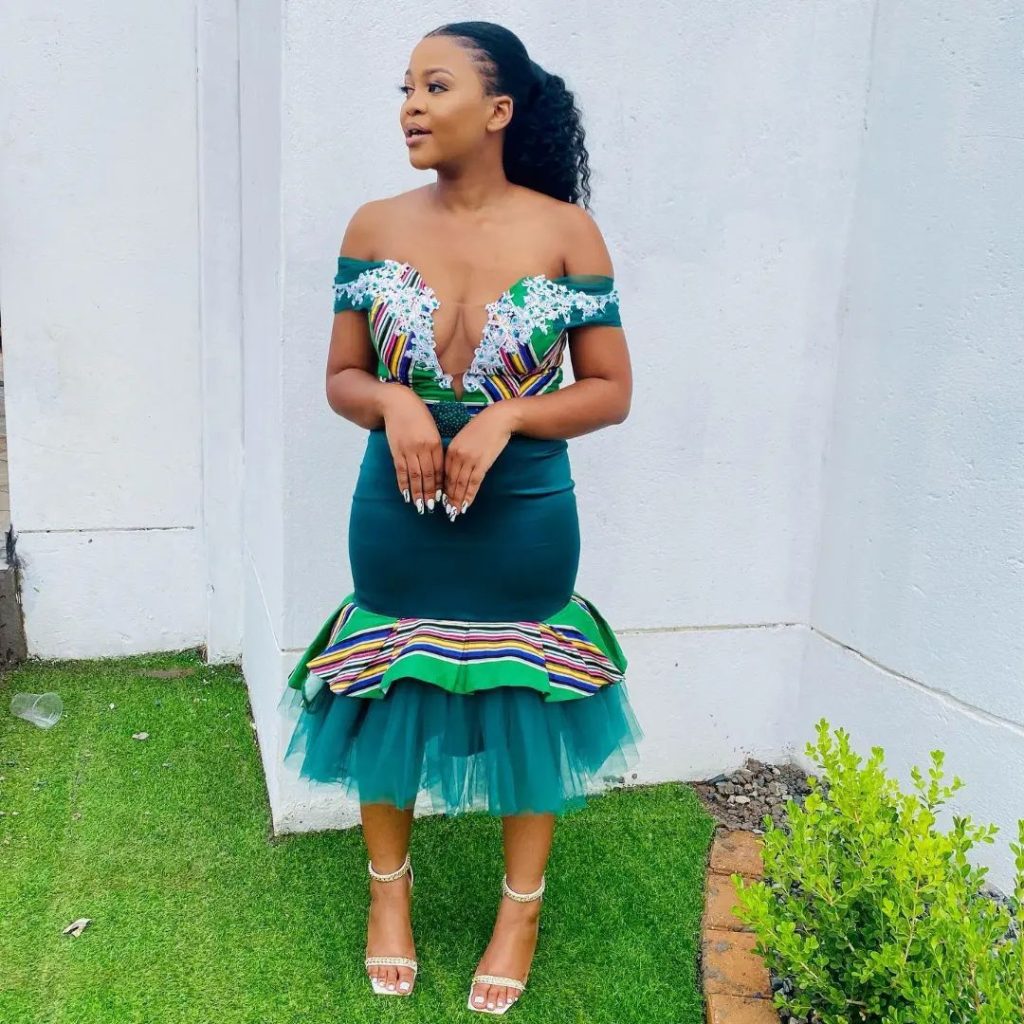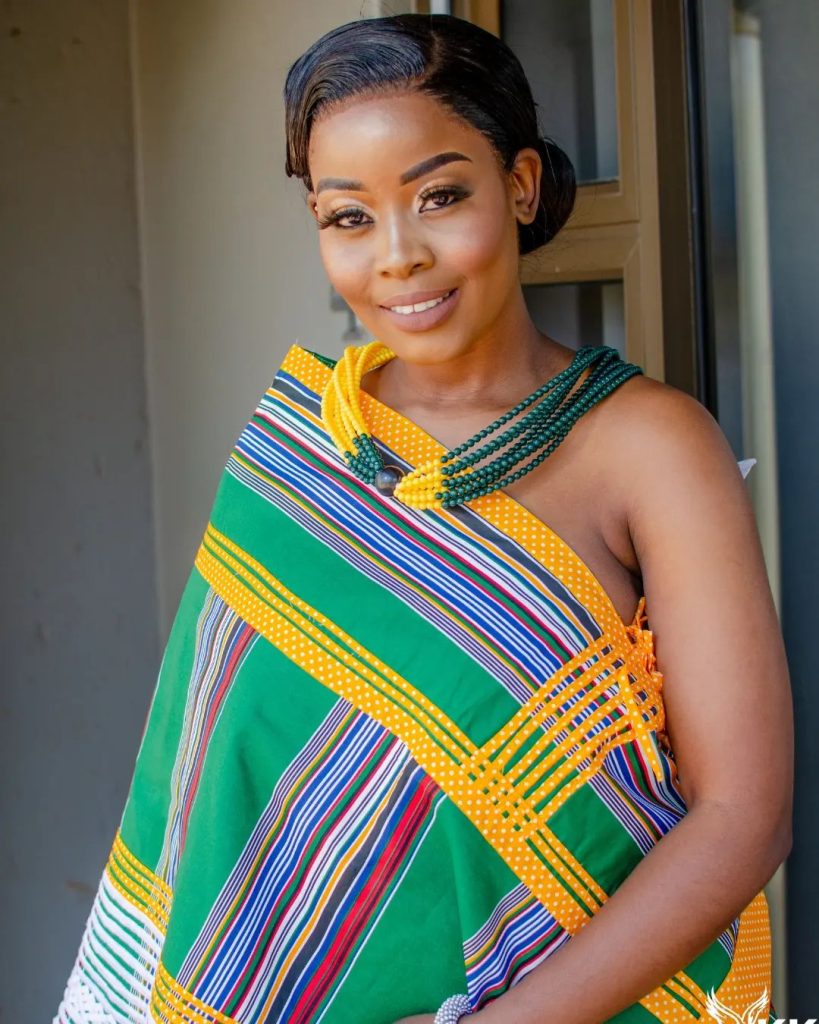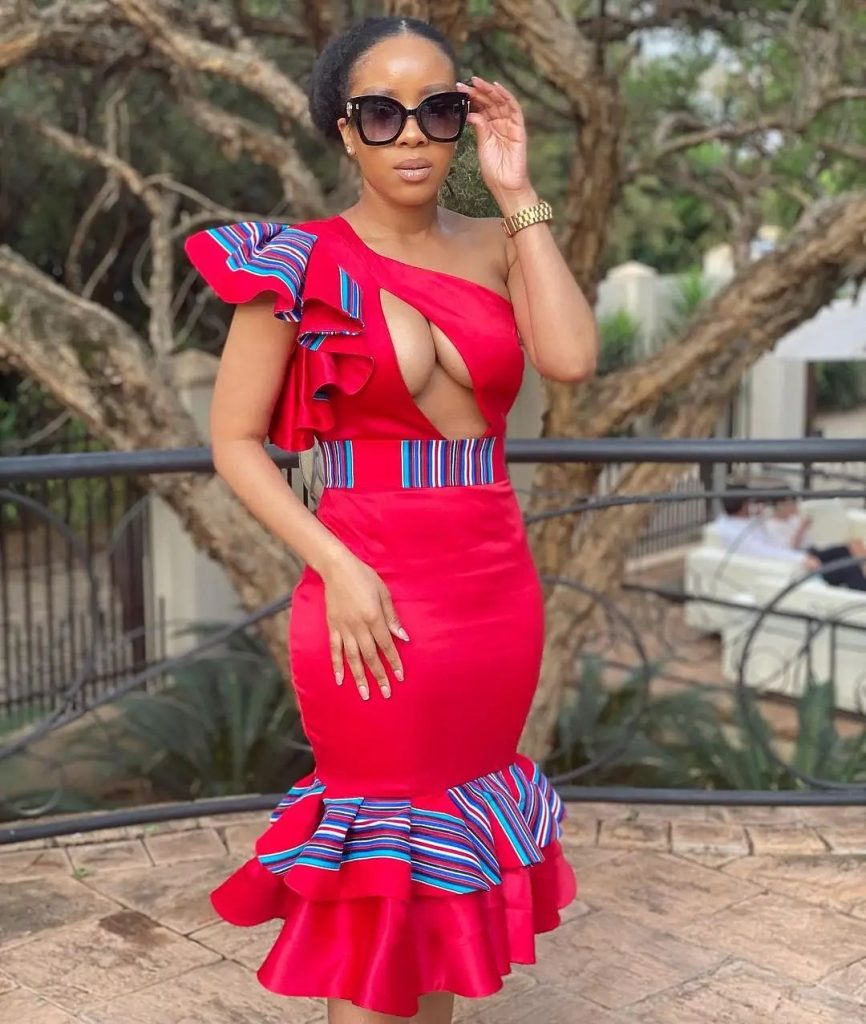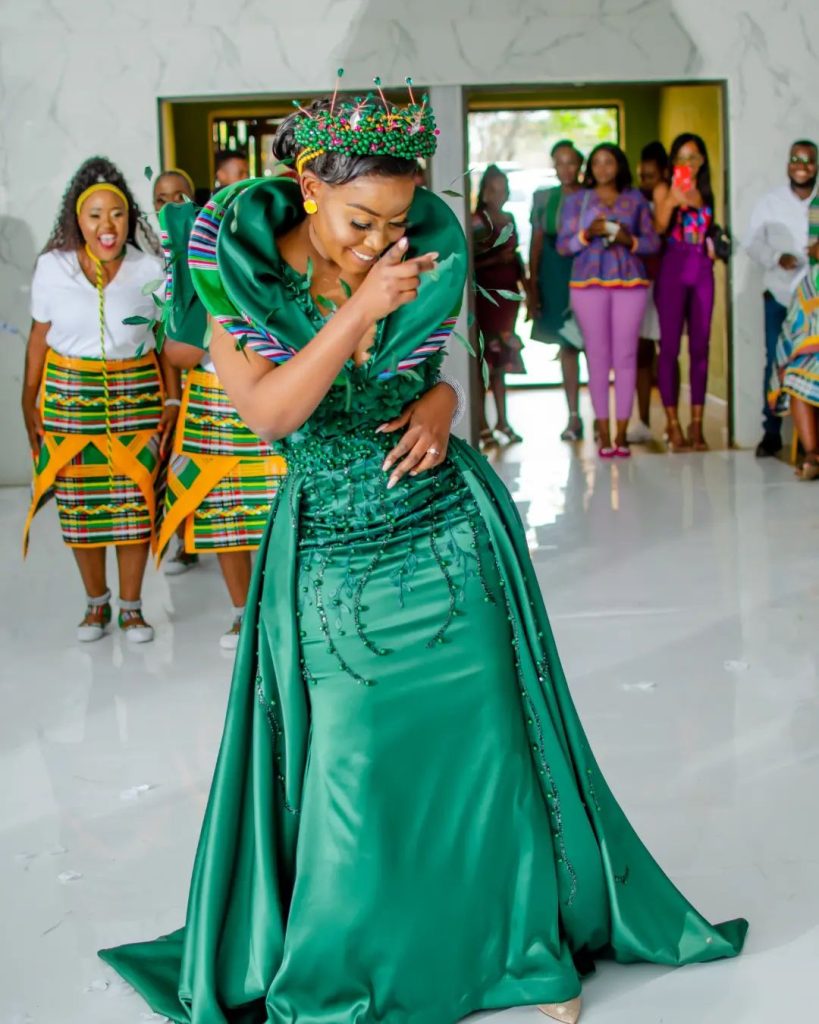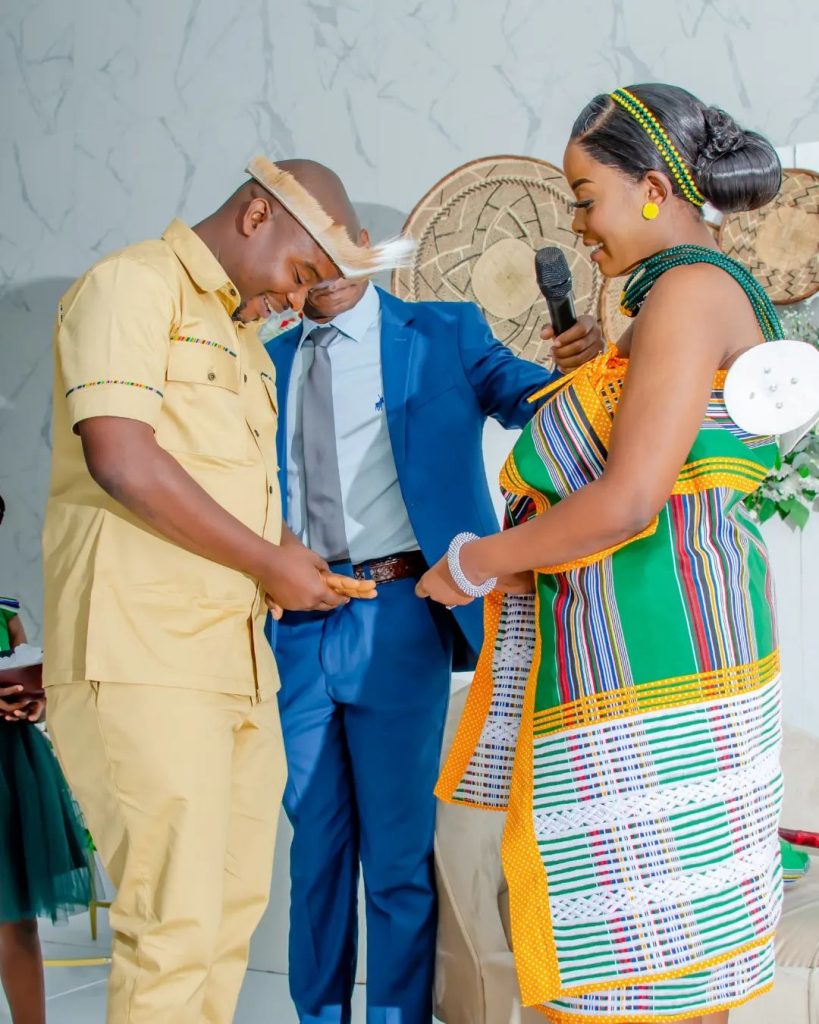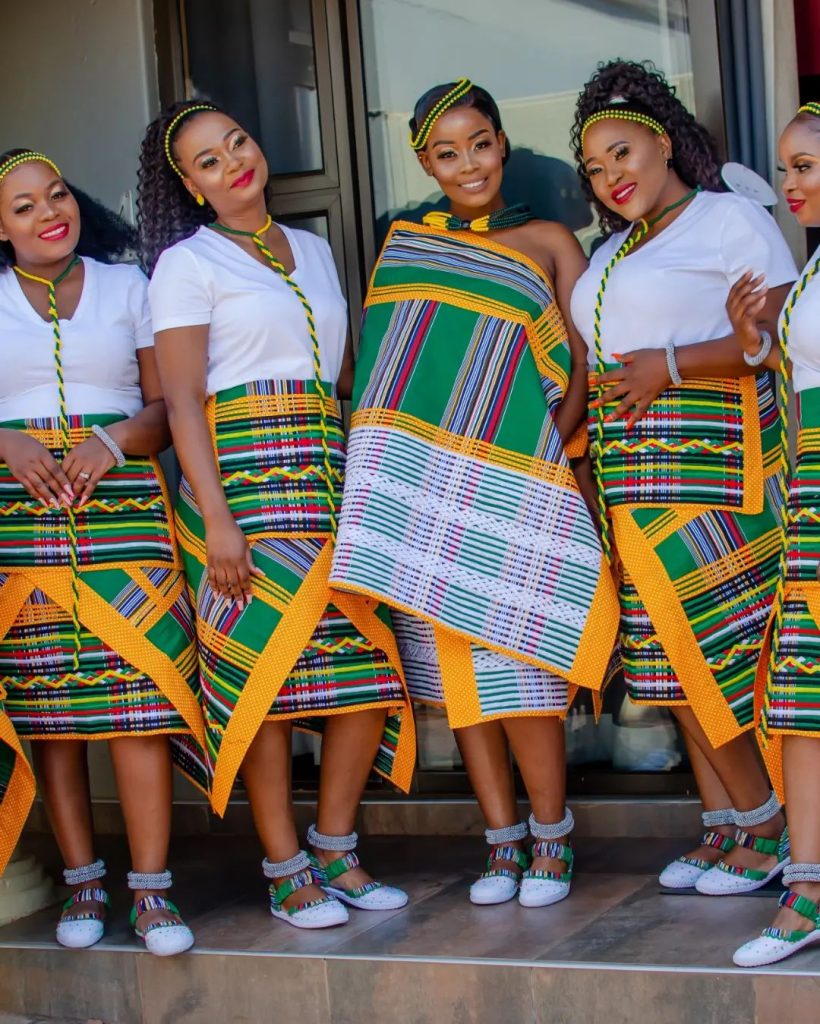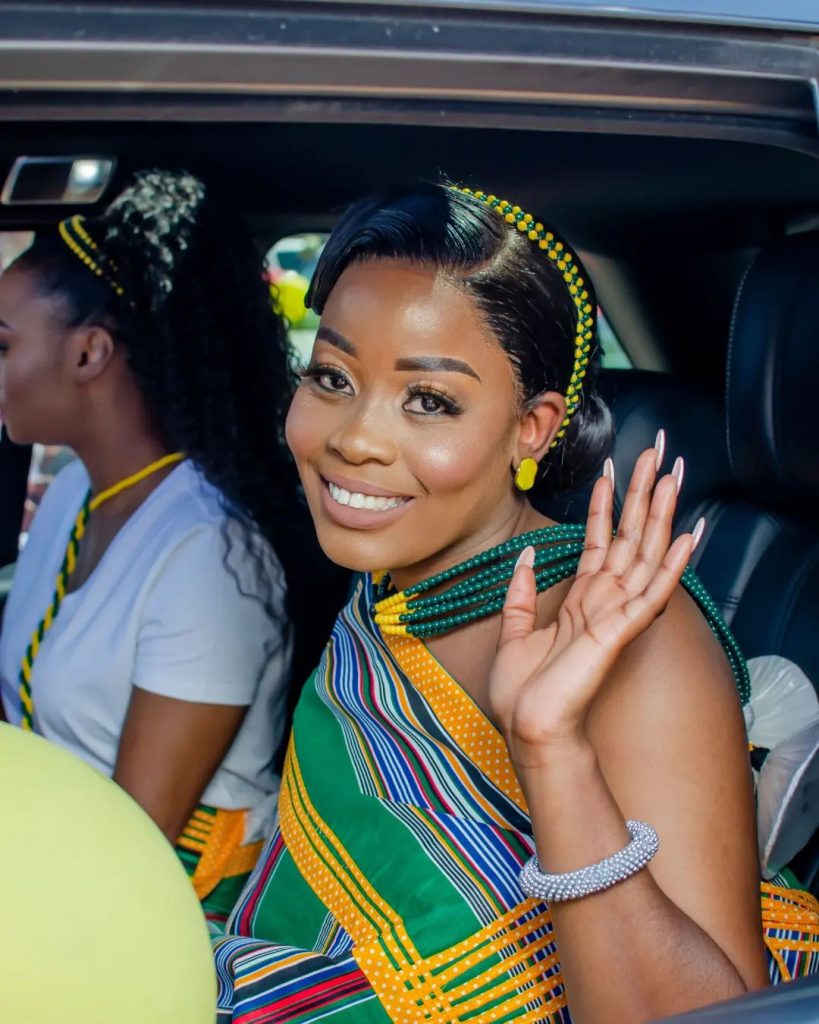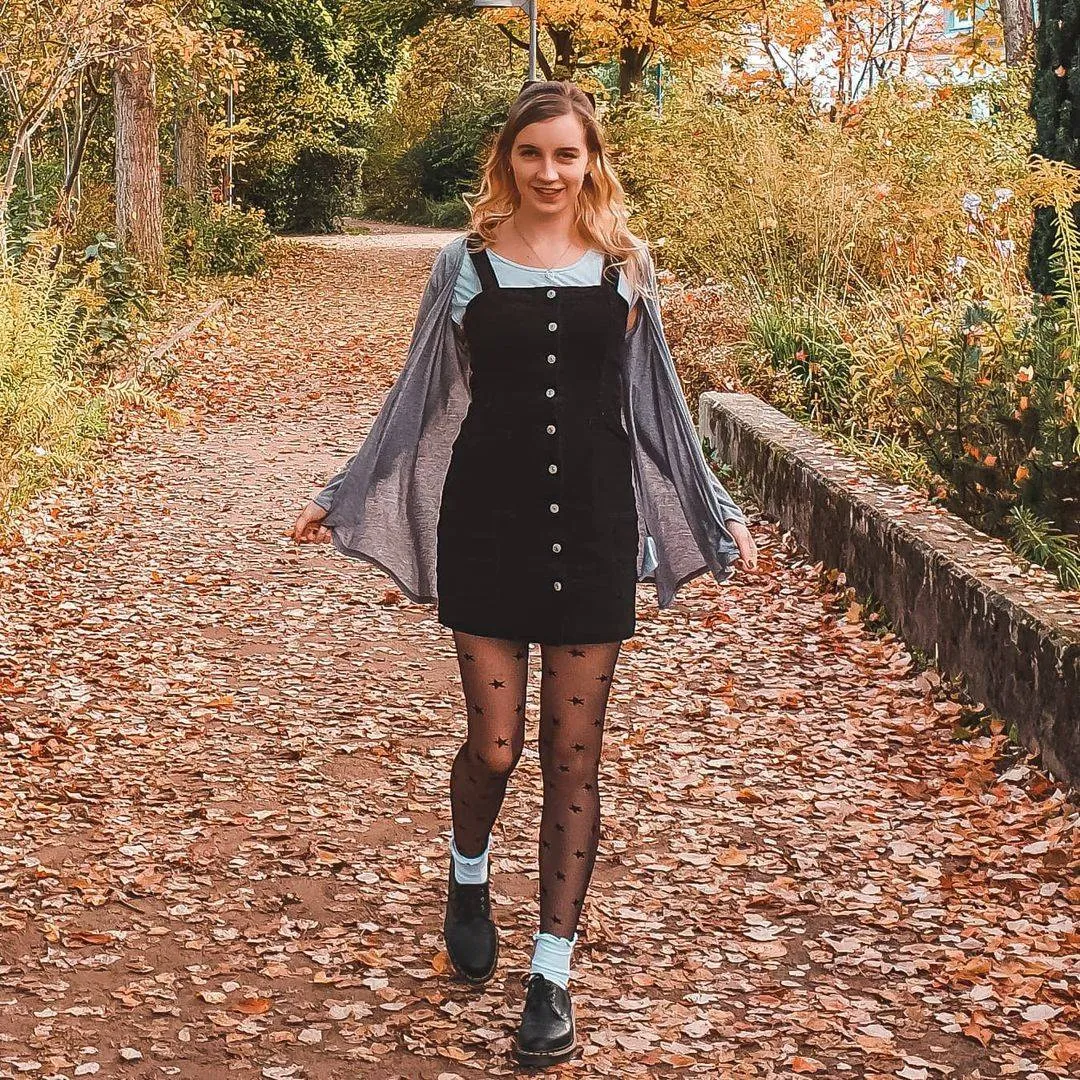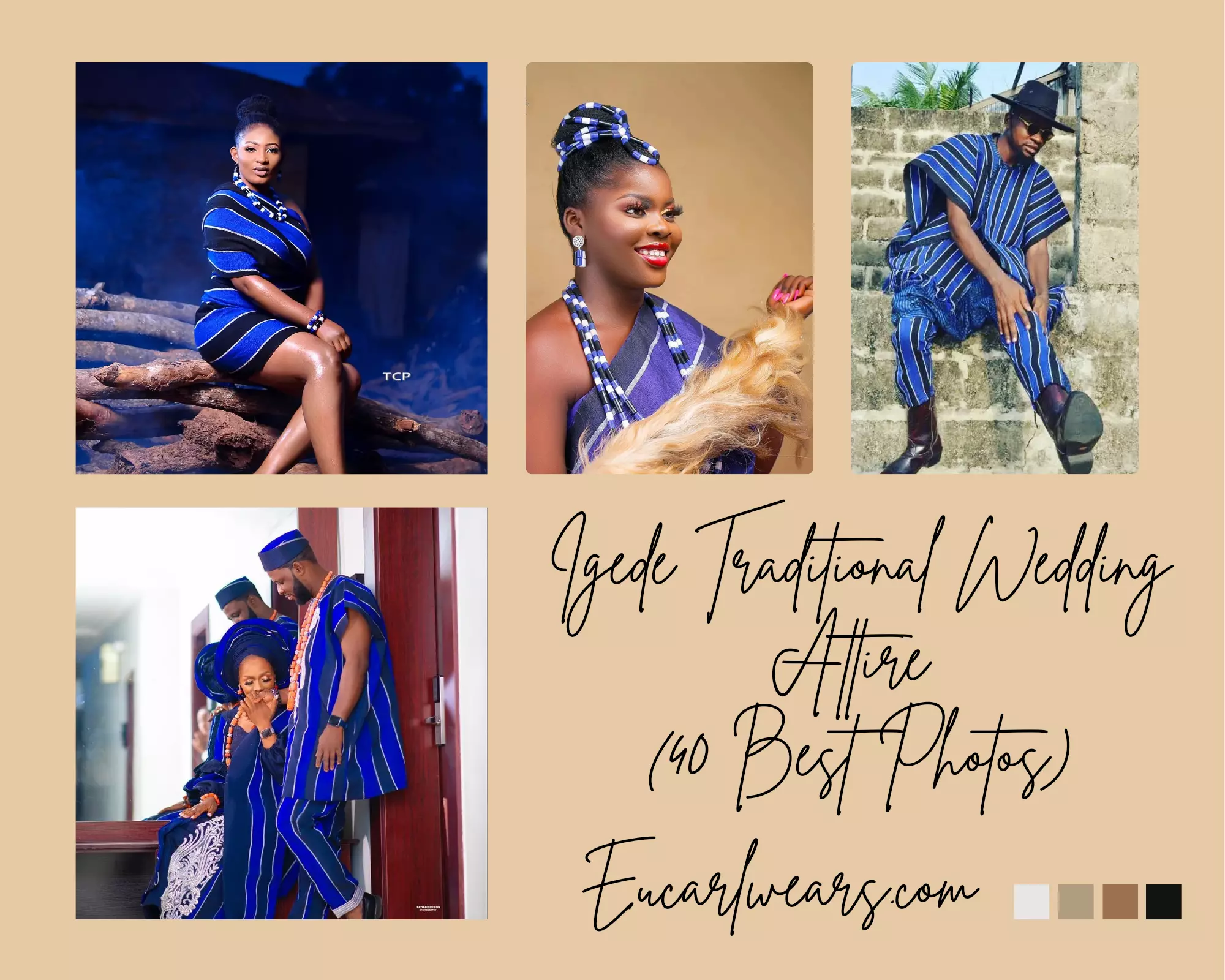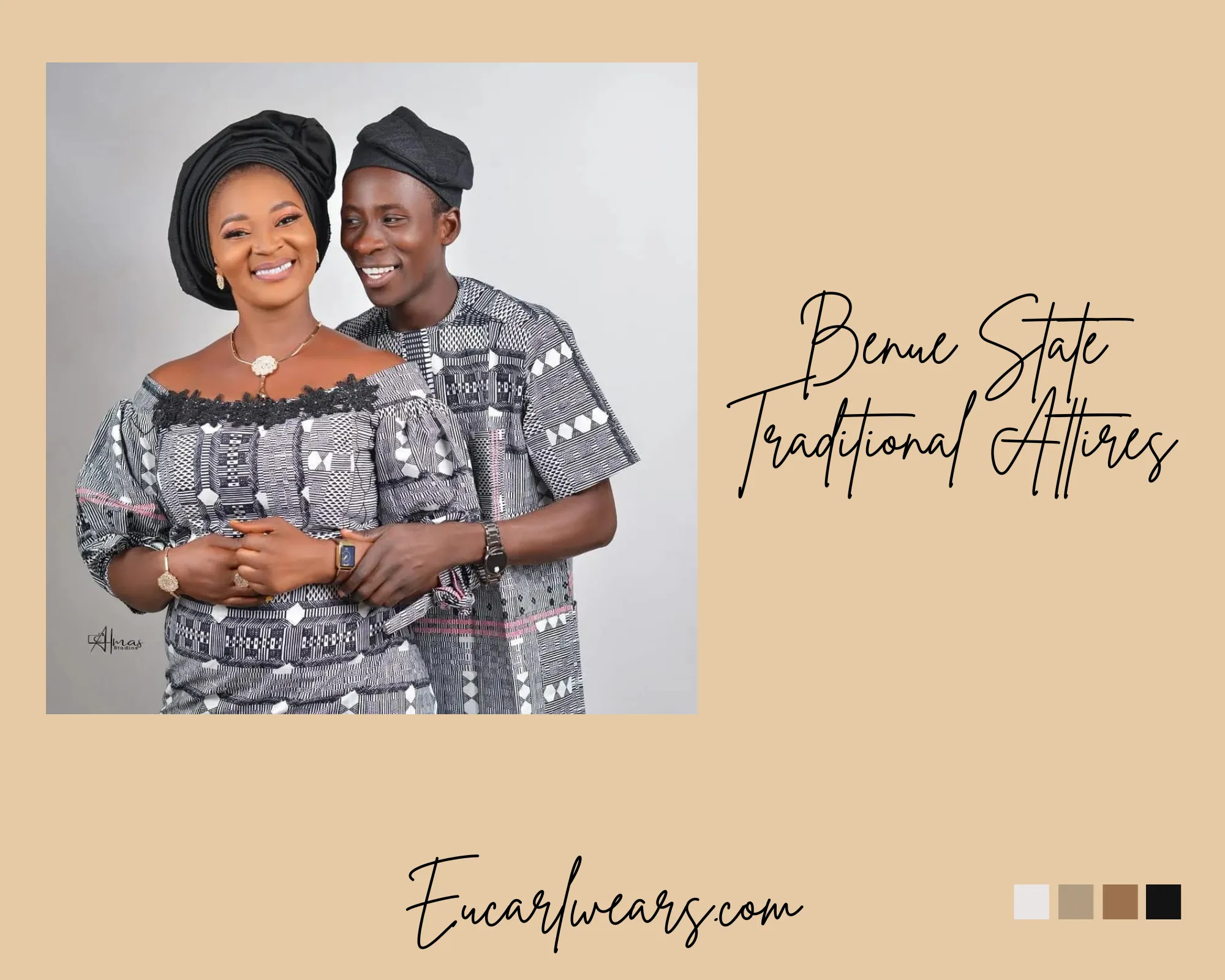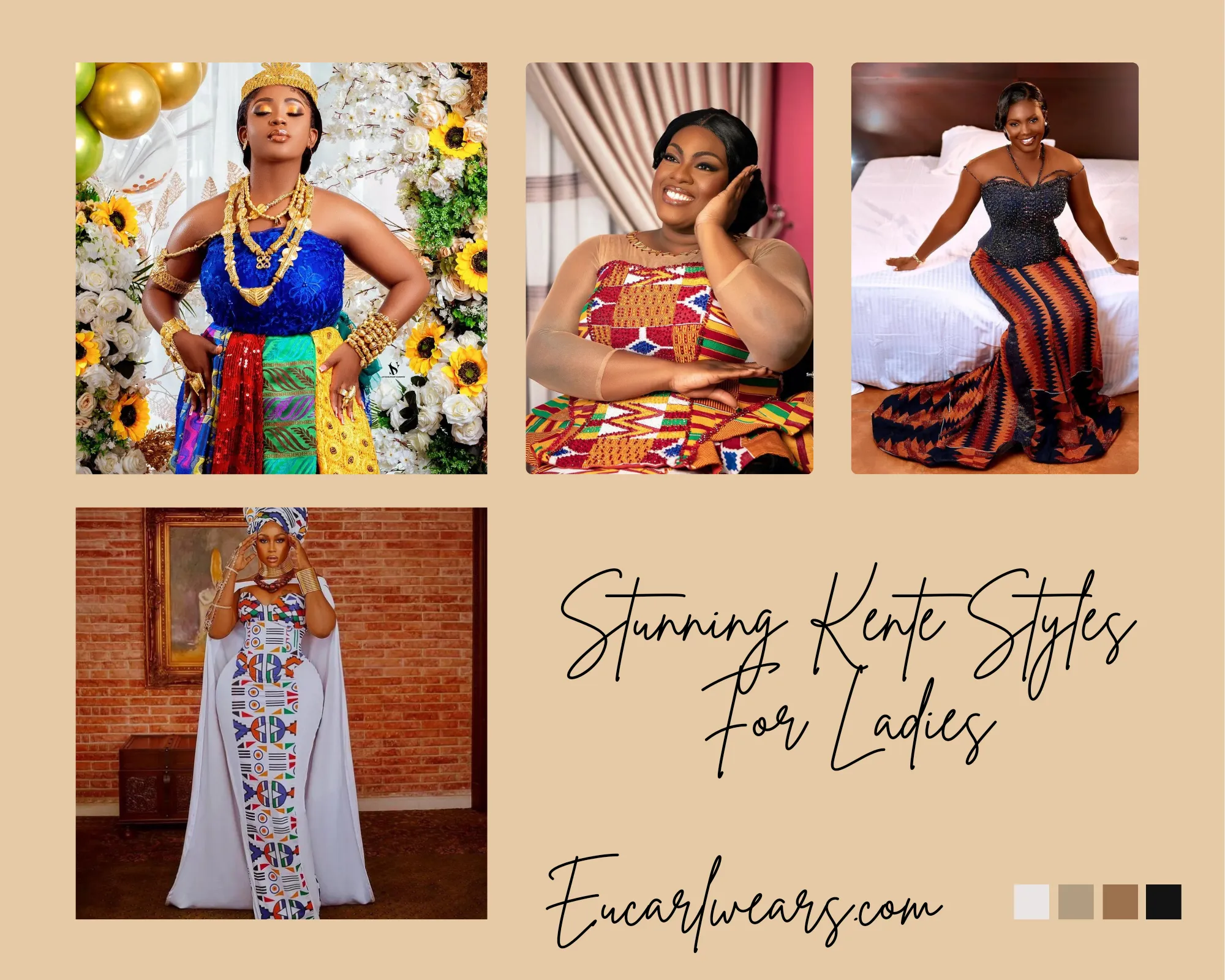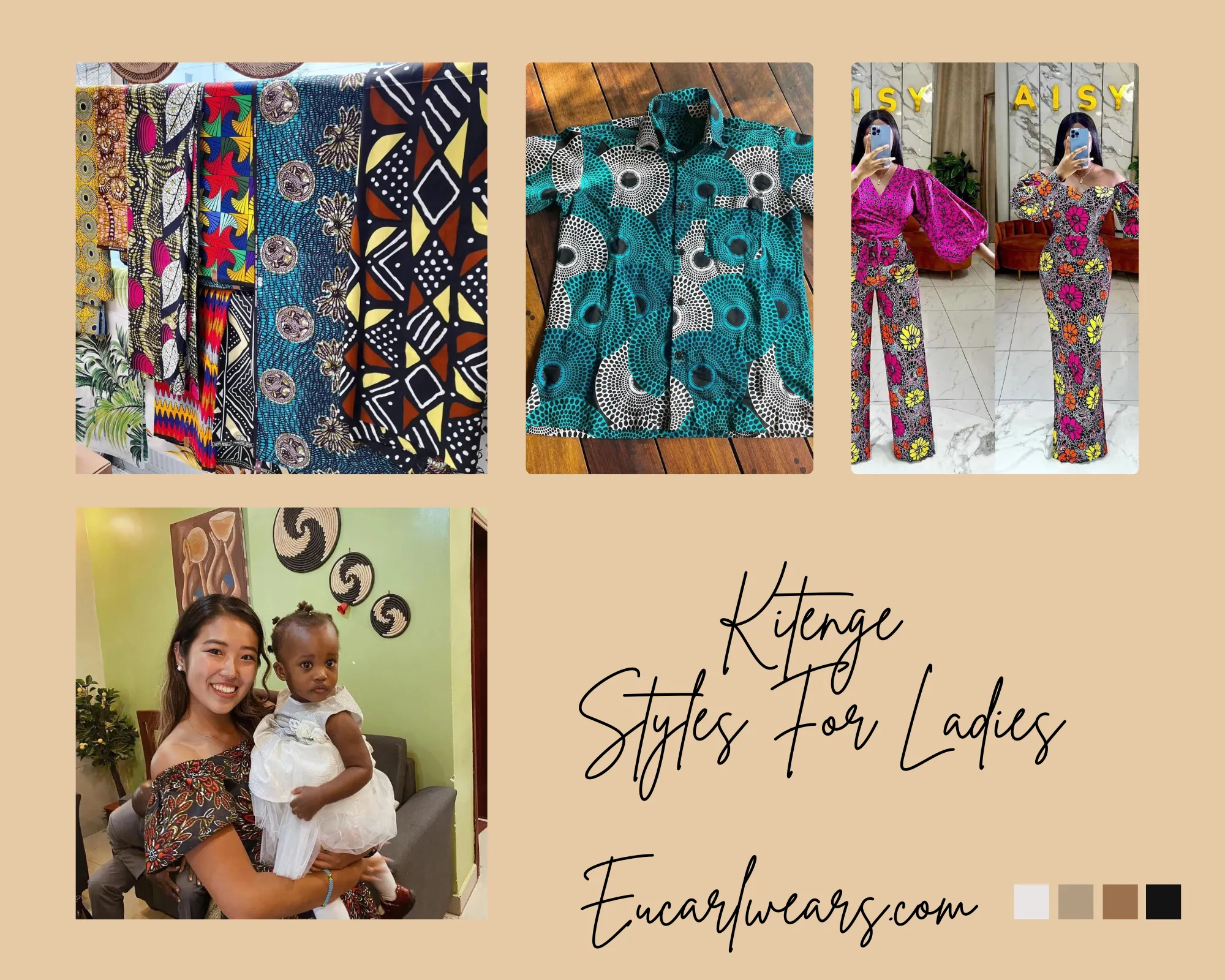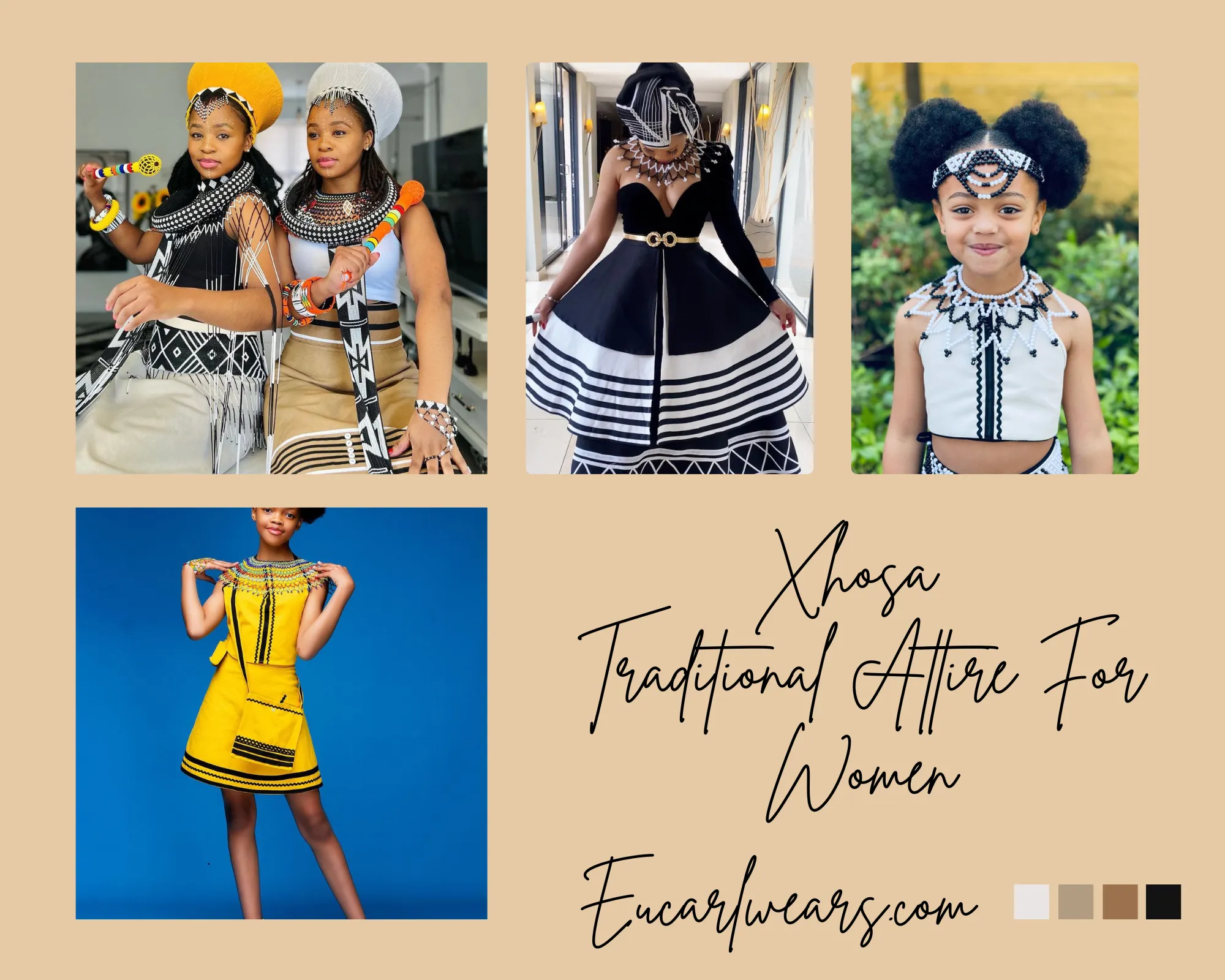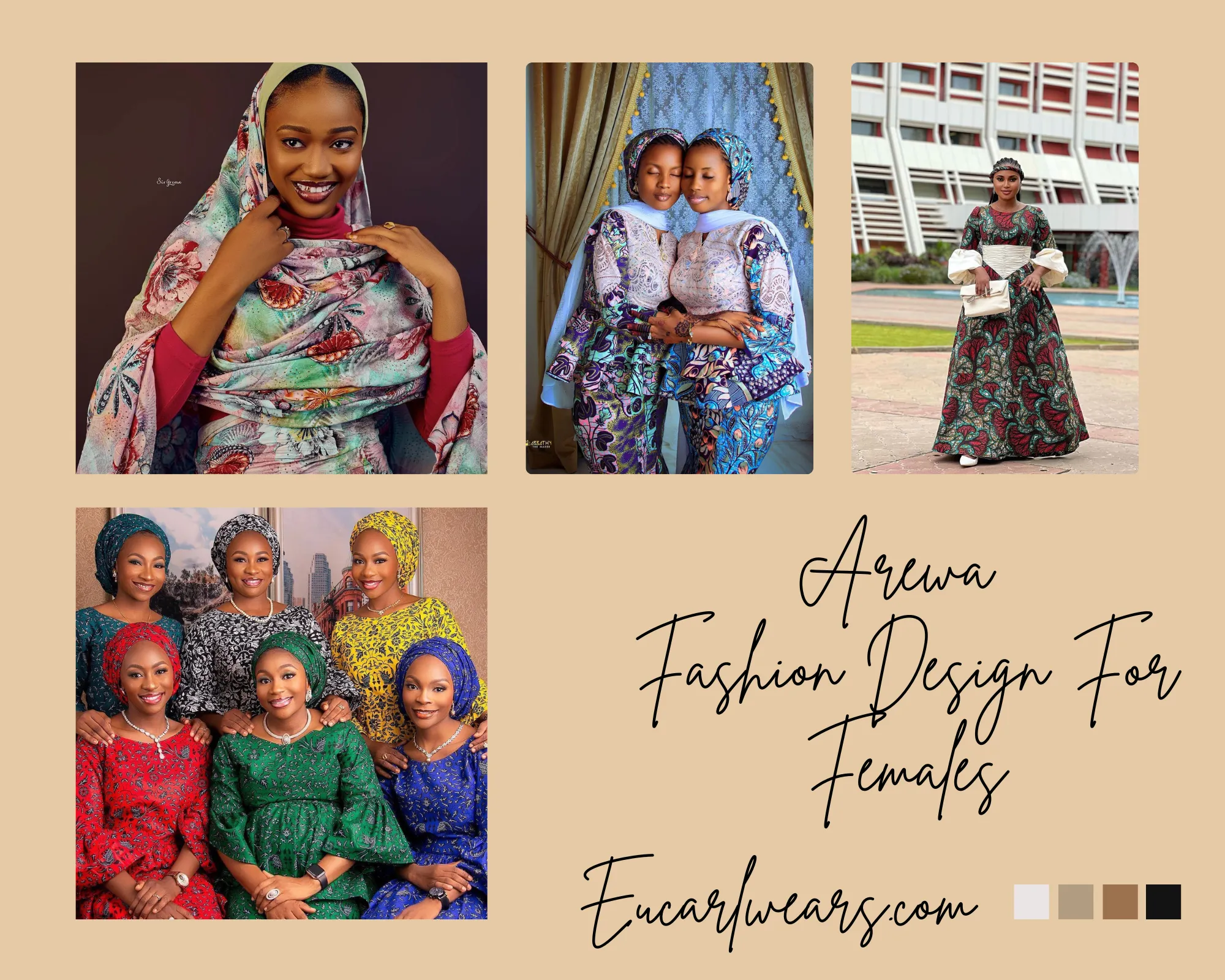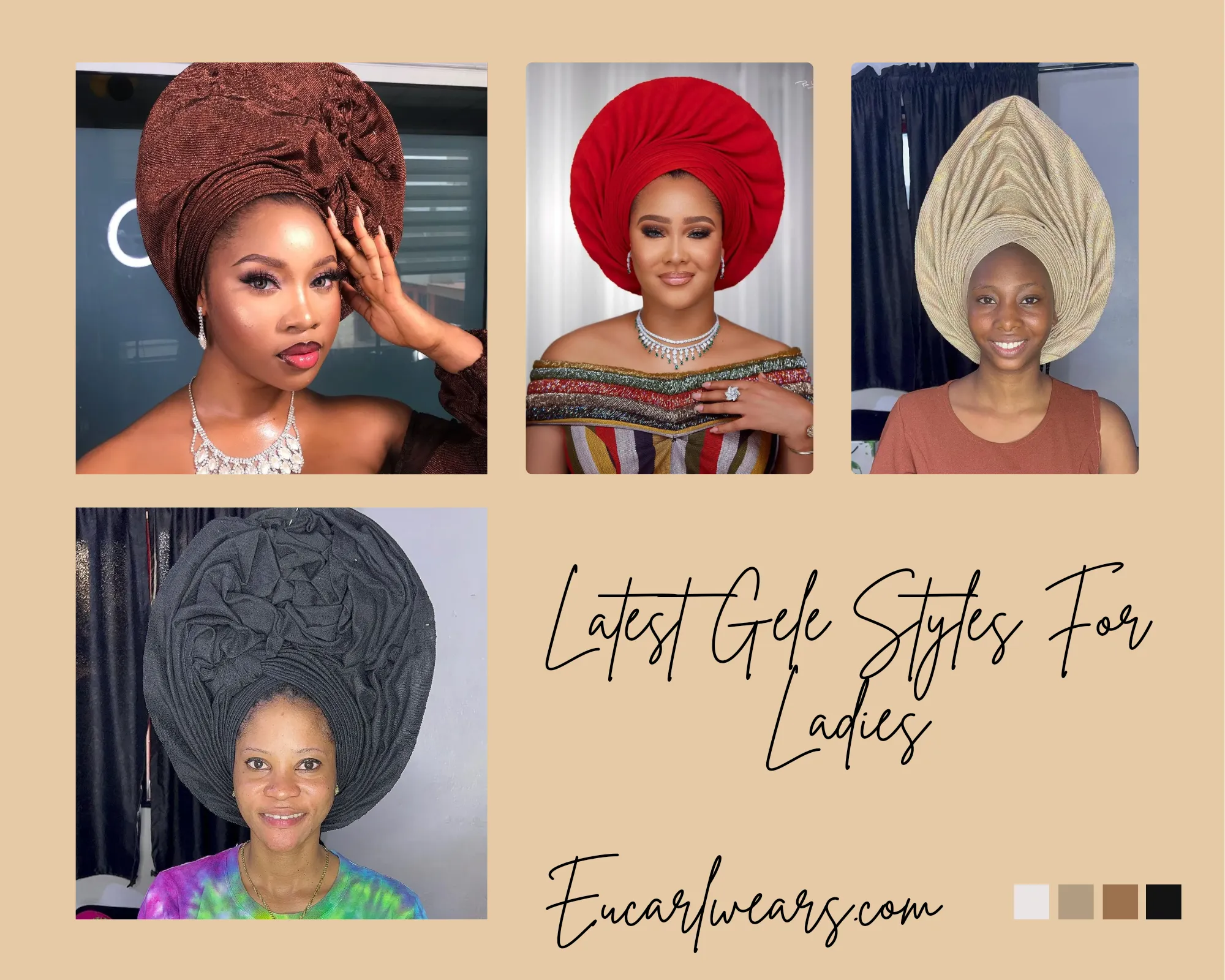African Wear
What to Know About Venda Traditional Attire
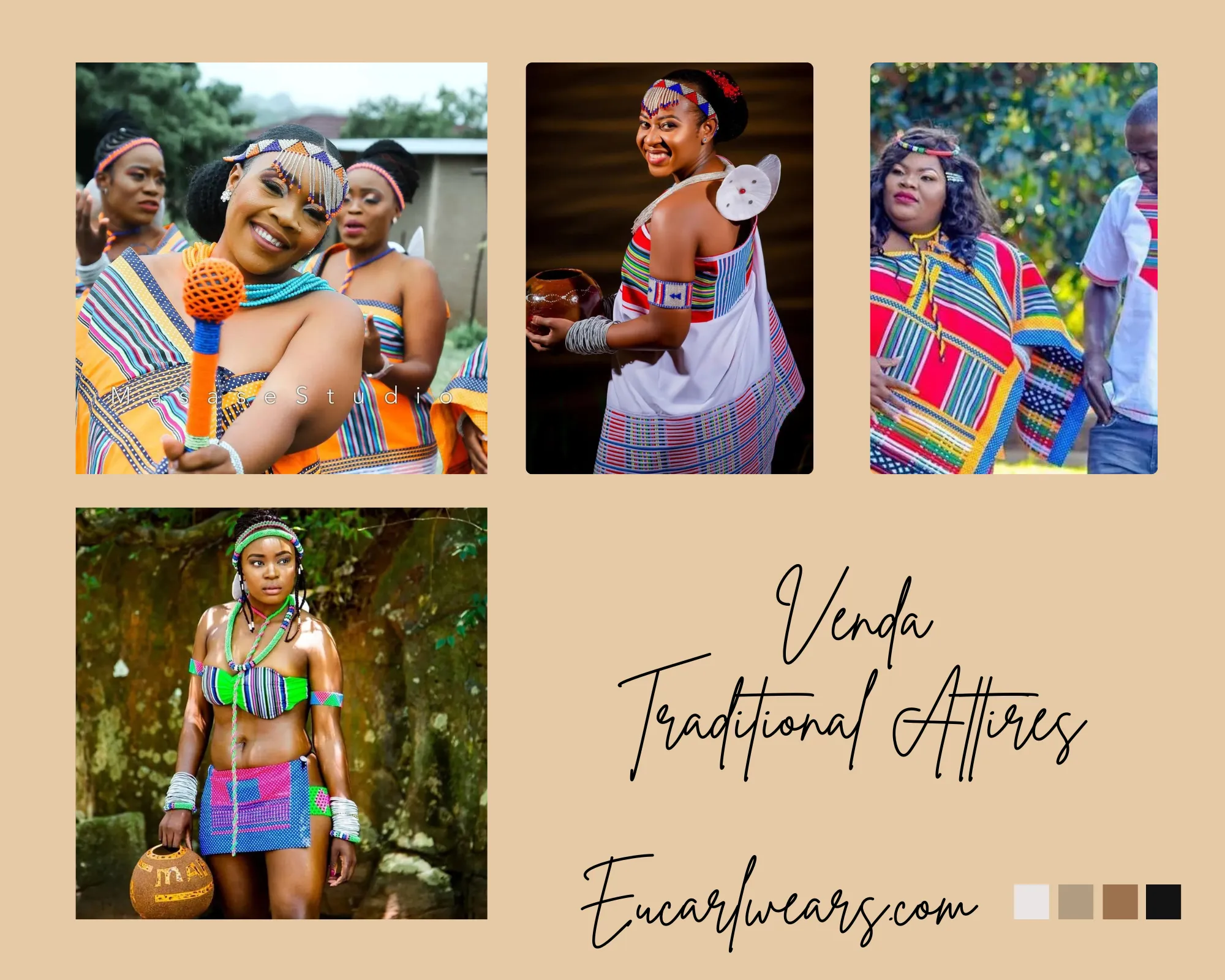
The conventional clothing Venda Traditional Attire is the Tshivenda or Munwenda clothing. This attire has a correct method for wearing it, however, in modern times, the originality of the style has slowly faded.
In this post, we detailed the Proper Way to Wear Venda Traditional Attire, the styles for Venda men and women, and pictures of the Venda cultural wear that you can take your fashion inspos from.
Venda Traditional Attire for Women and Girls
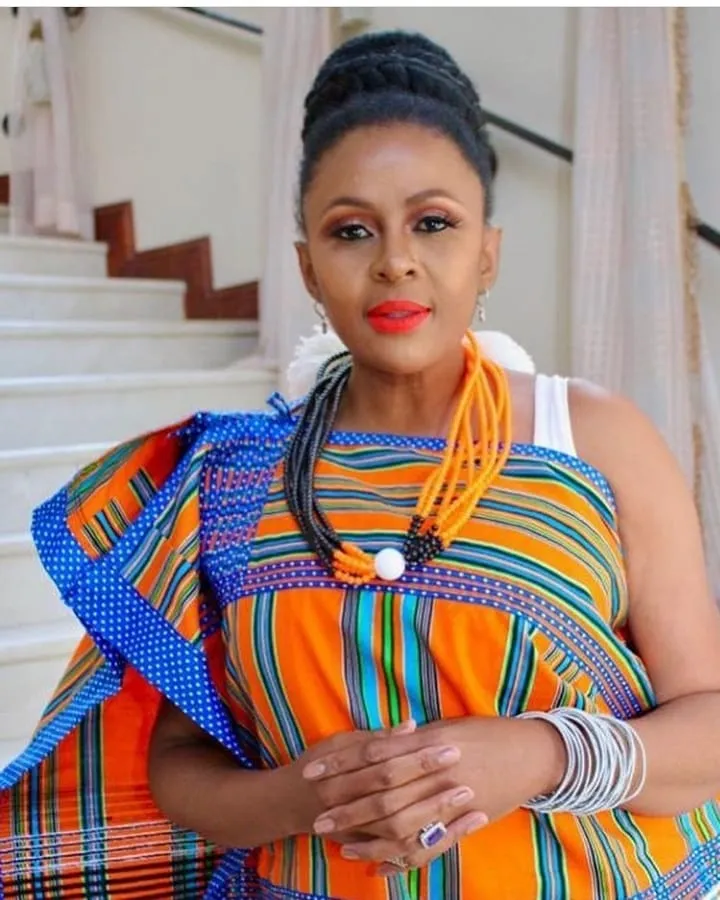
The traditional dress of Venda girls is a Maredo, which is a small apron used to cover the pubic area. It is made of narrow strips of clothing hanging between the legs in the front and back and over a girdle.
As the girls grow and develop breasts, they begin wearing a nwenda around their waist or across one shoulder. This cloth is made from brightly coloured striped fabric.
The young females wear bracelets and necklaces made of twisted grass known as vhukunda. They also wear thuthu or shedo, which are pieces of copper twisted around a string of cotton around the ankles and wrists.
This Munwenda is usually worn as a skirt or around the shoulders. The upper garment of the Venda women’s clothing is made from multi-coloured striped cloth – Wenda. The entire length of cloth may have one strap (bannda) sewn across the top or two straps (mivhofho) on both shoulders to tie the cloth.
Beaded bangles, necklaces, and headbands are also used to accessorize the fit.
A traditional garment that was worn only by married women, is a goat skin apron called tshirivha, covering the back and front. On special occasions, married women used to wear a ceremonial back apron made of sheepskin called gwana. Today, a similar garment is made of ‘Wenda cloth.
Venda Traditional Attire for Men and Boys
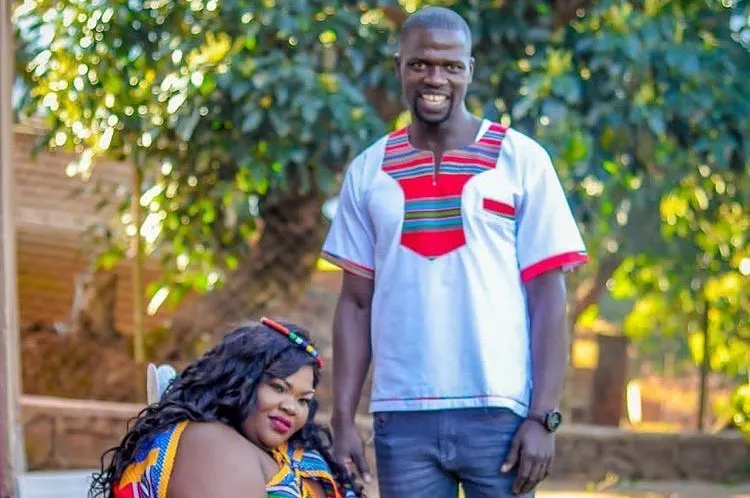
Tsindi is the traditional cloth for the Venda boys and men. This Tsindi is a loin-cloth – a triangular piece of animal skin used to cover the front side of the body, then passed between the legs and tied at the back.
The Tsindi clothing traditionally worn by mature Venda men was made from the skin of a goat, klipspringer, or duiker. Ludede is a rope worn around the waist.
Venda men also wore a cloak called Nguvha over their shoulders in colder weather. The cloak is made by young men from only goat’s skin. The traditional chief traditionally wears a headband made from animal skin and karos or sila over his shoulders.
A vest called Musisi and shoes known as Takkies are worn together with the Venda fabric. In recent times, Venda men in Africa wear shirts and trousers made from the traditional striped wenda cloth fabric. They sometimes, tie a length of ‘Wenda cloth tied across one shoulder.
Accessories called Makunda and Malungu may also be worn. The most common method of wearing the adornments is putting the Makunda (dots in English) on your lower legs. The shades of the neck and head accessories must blend with the shades of the fabric.
Below are pictures of these Venda Traditional Attires for both males and females.
Venda Traditional Attire: Pictures
